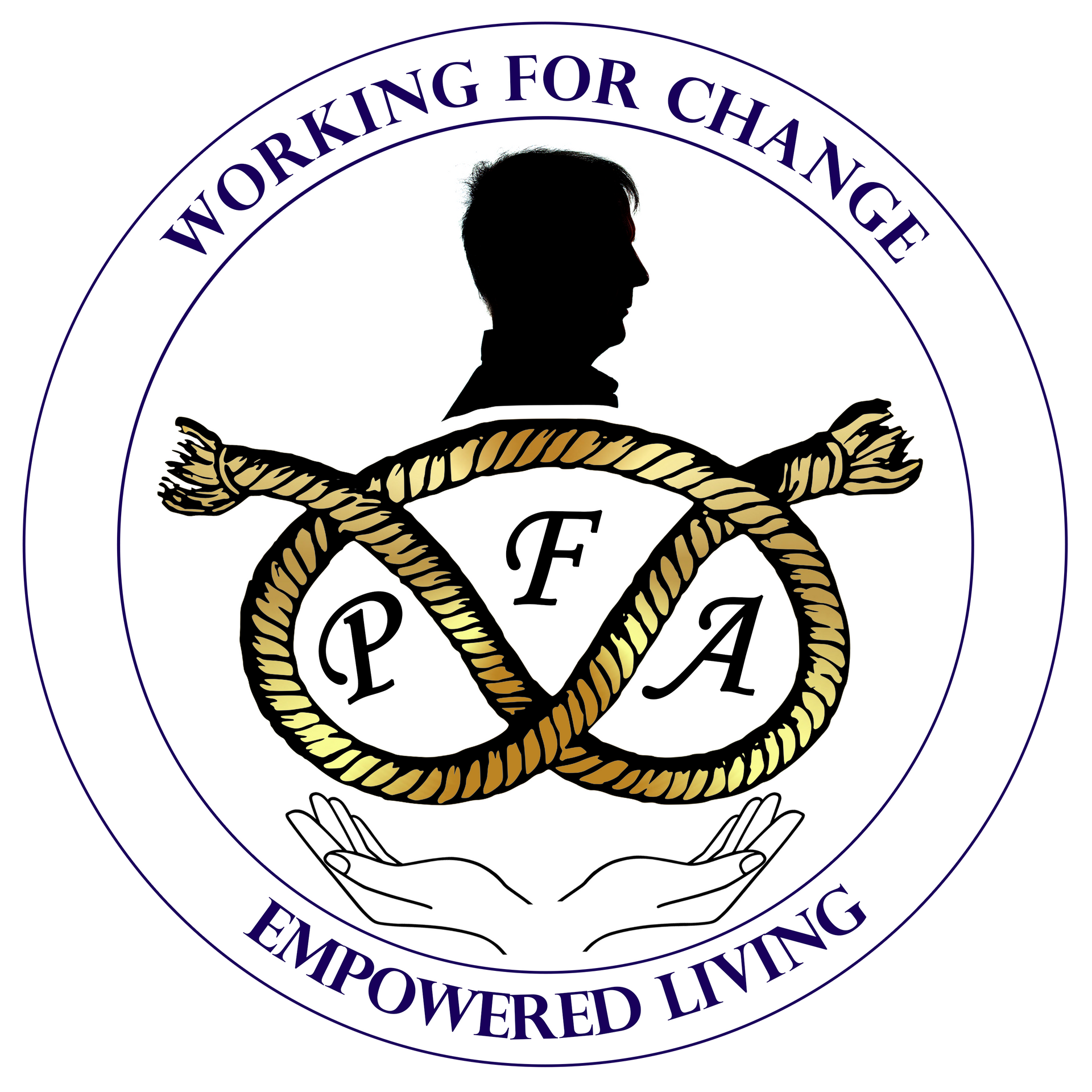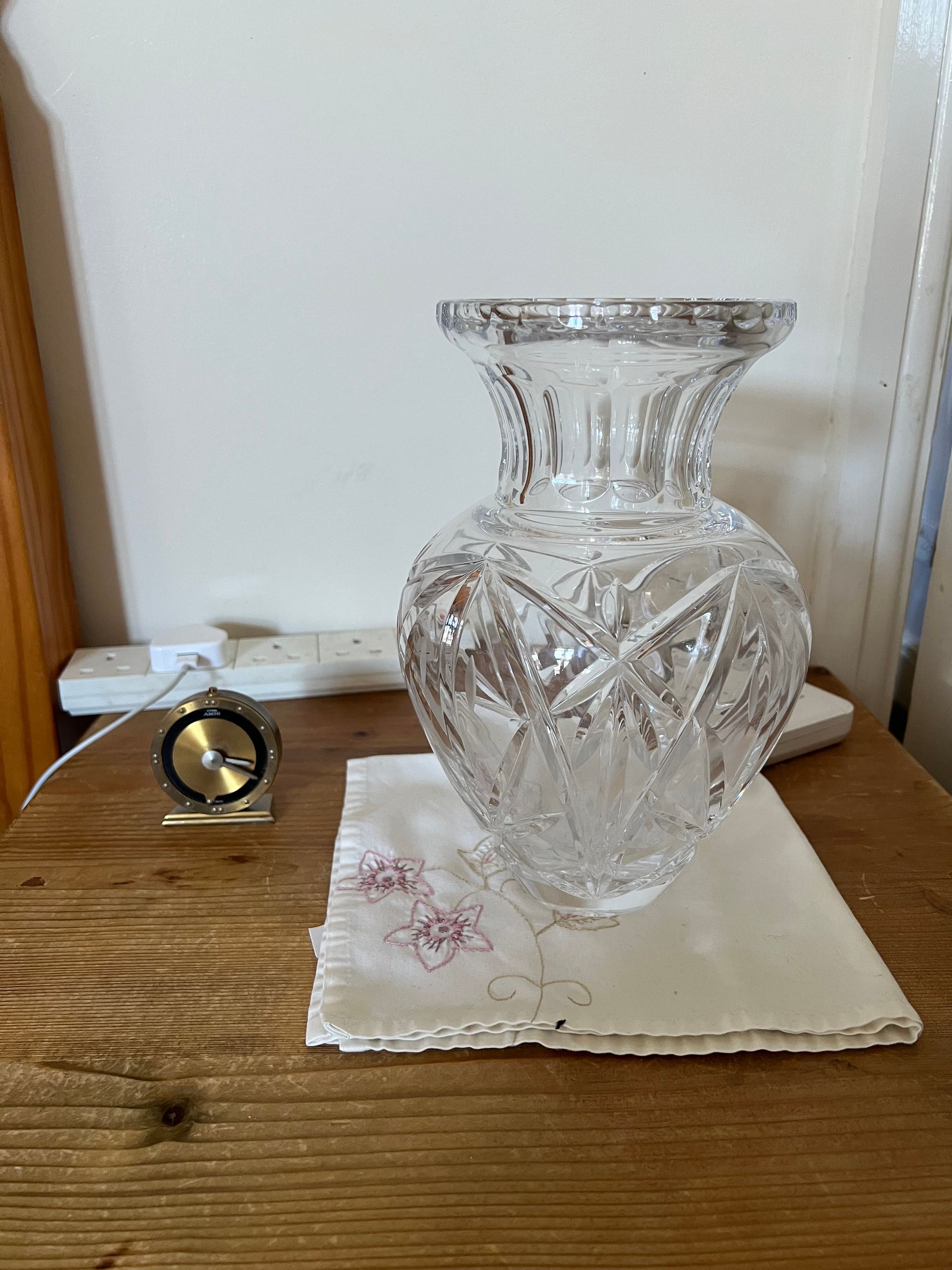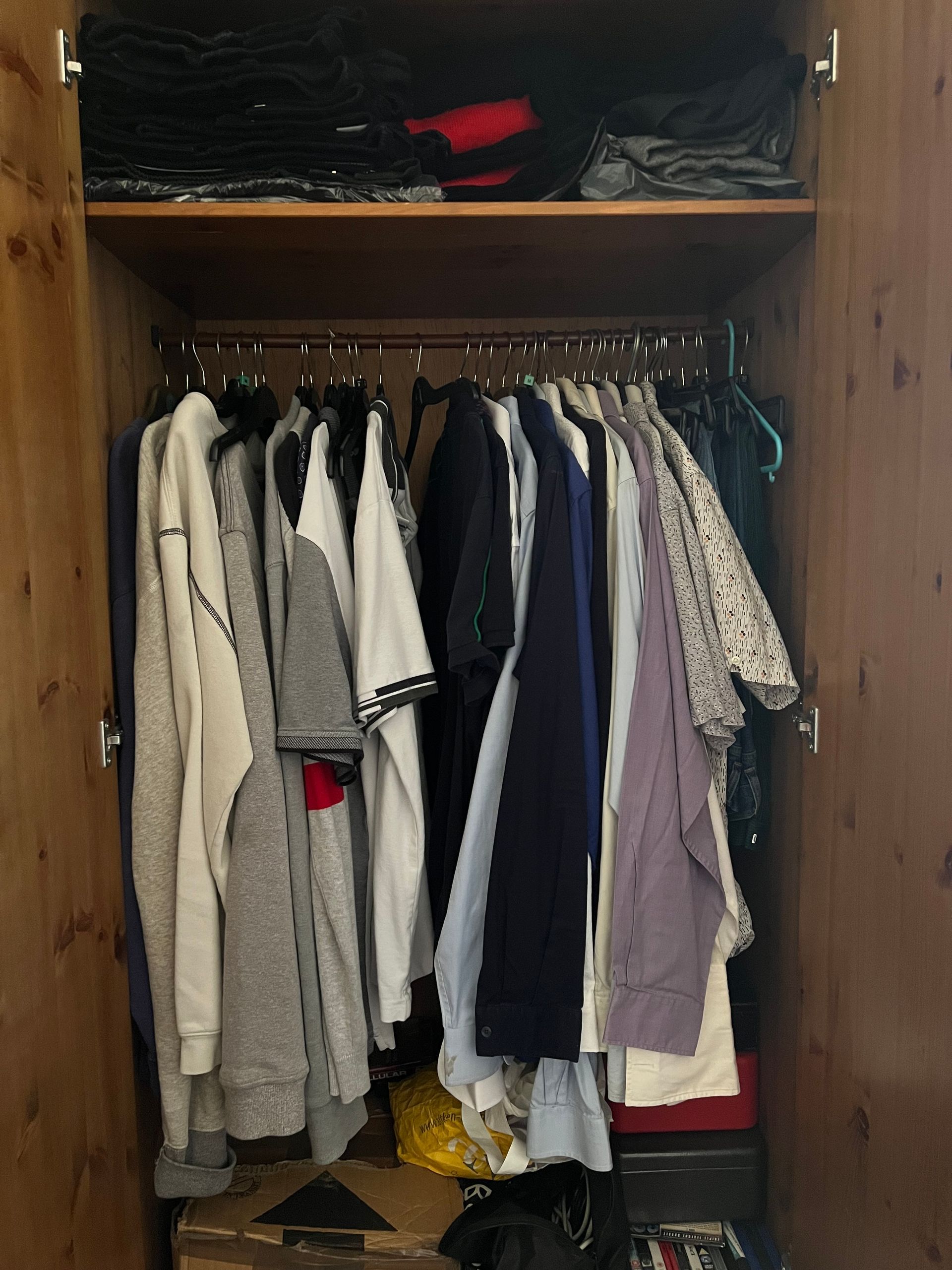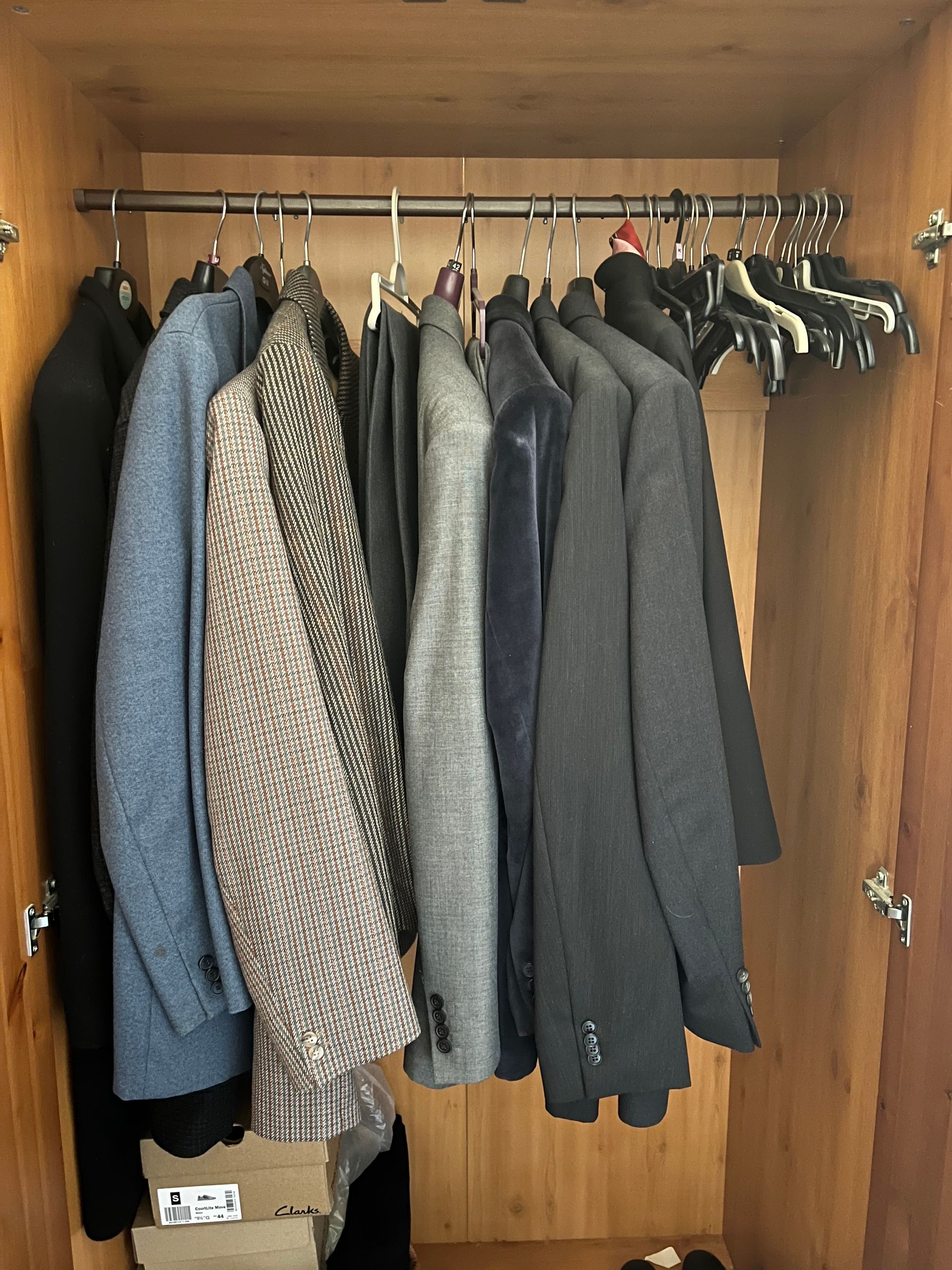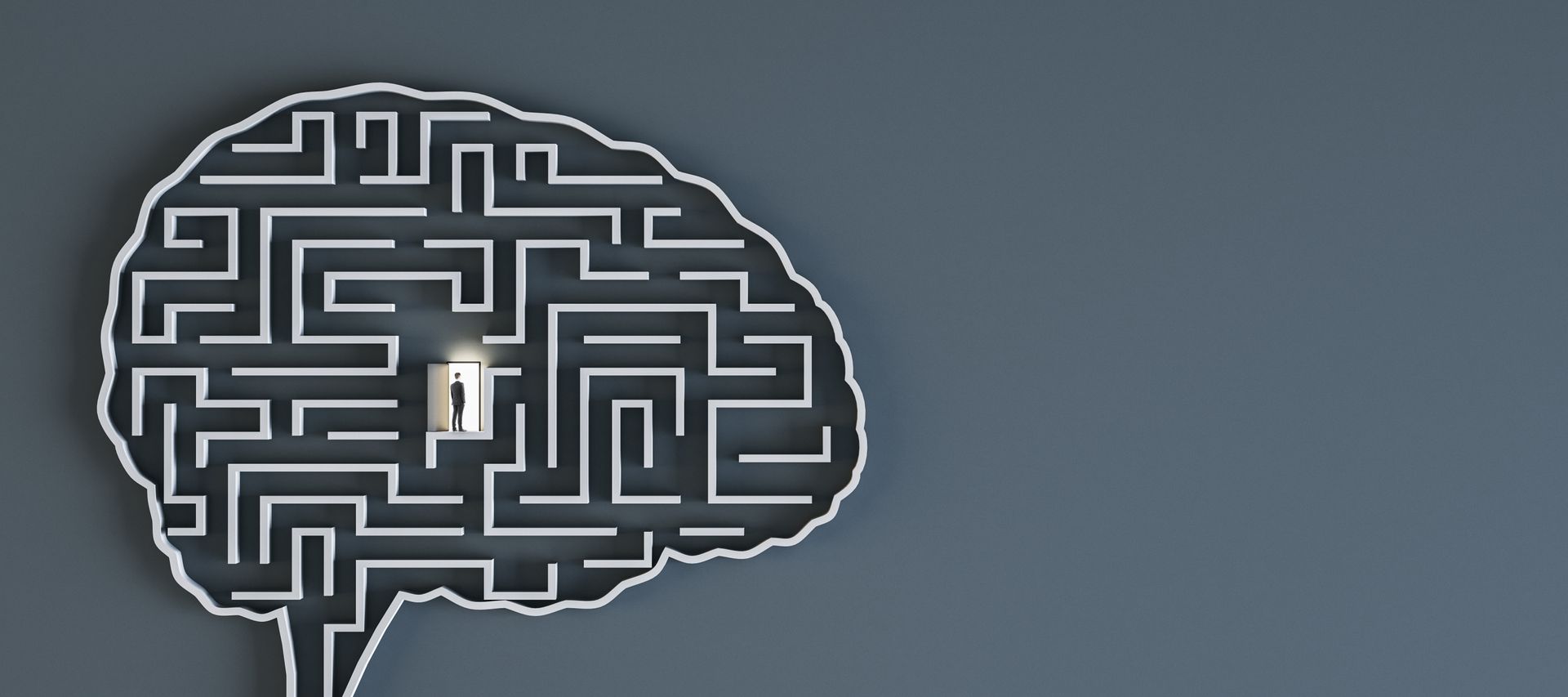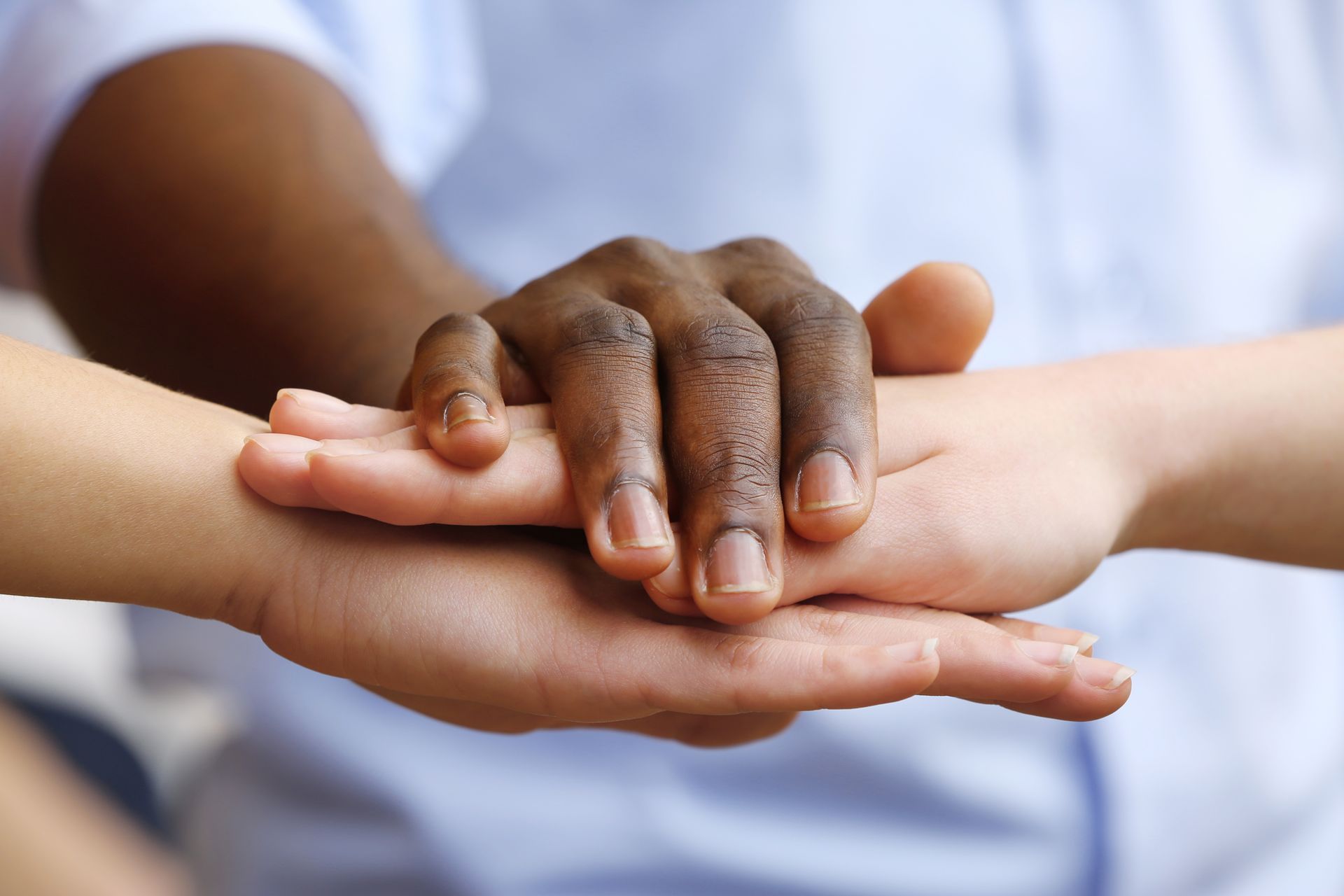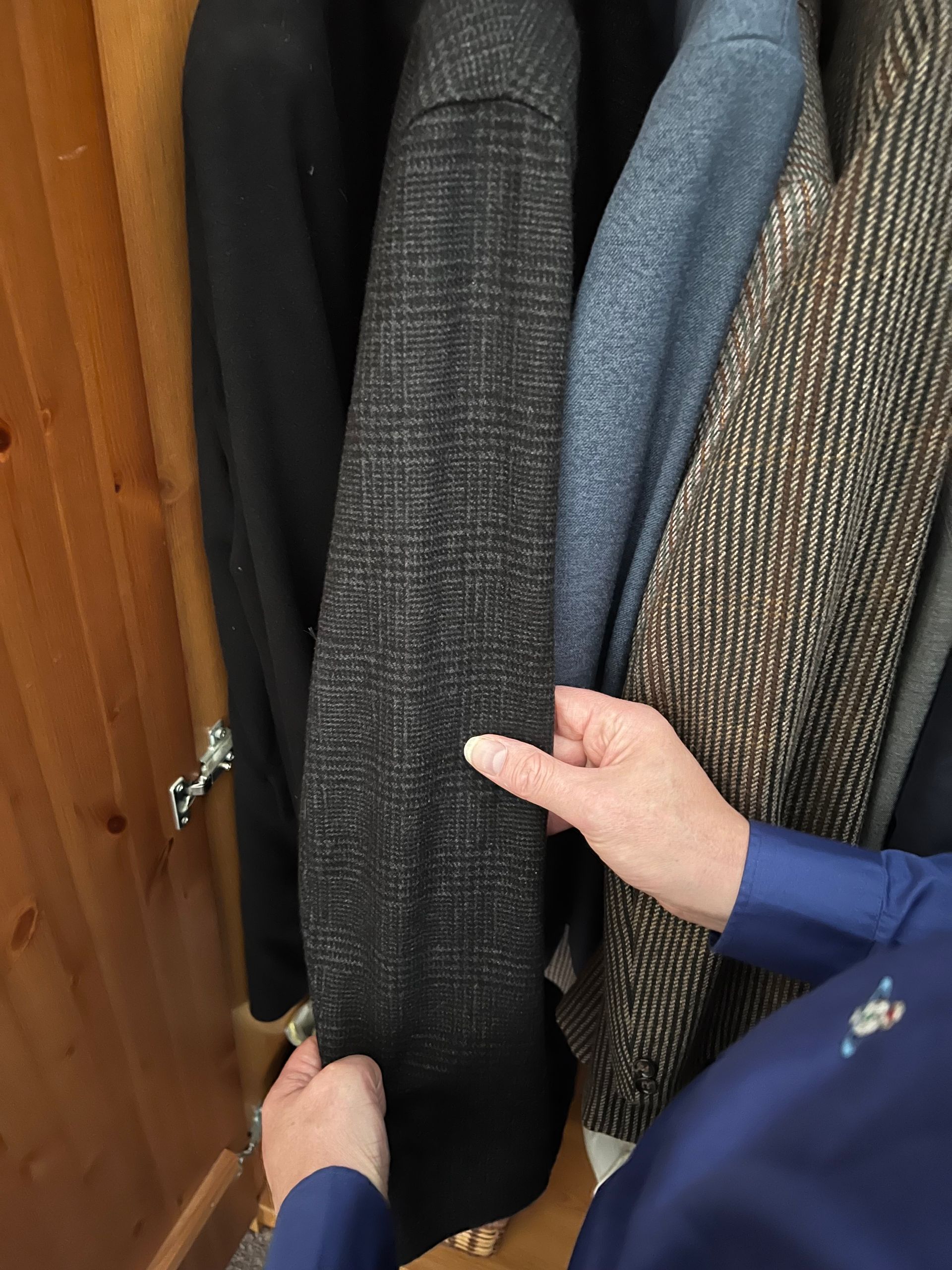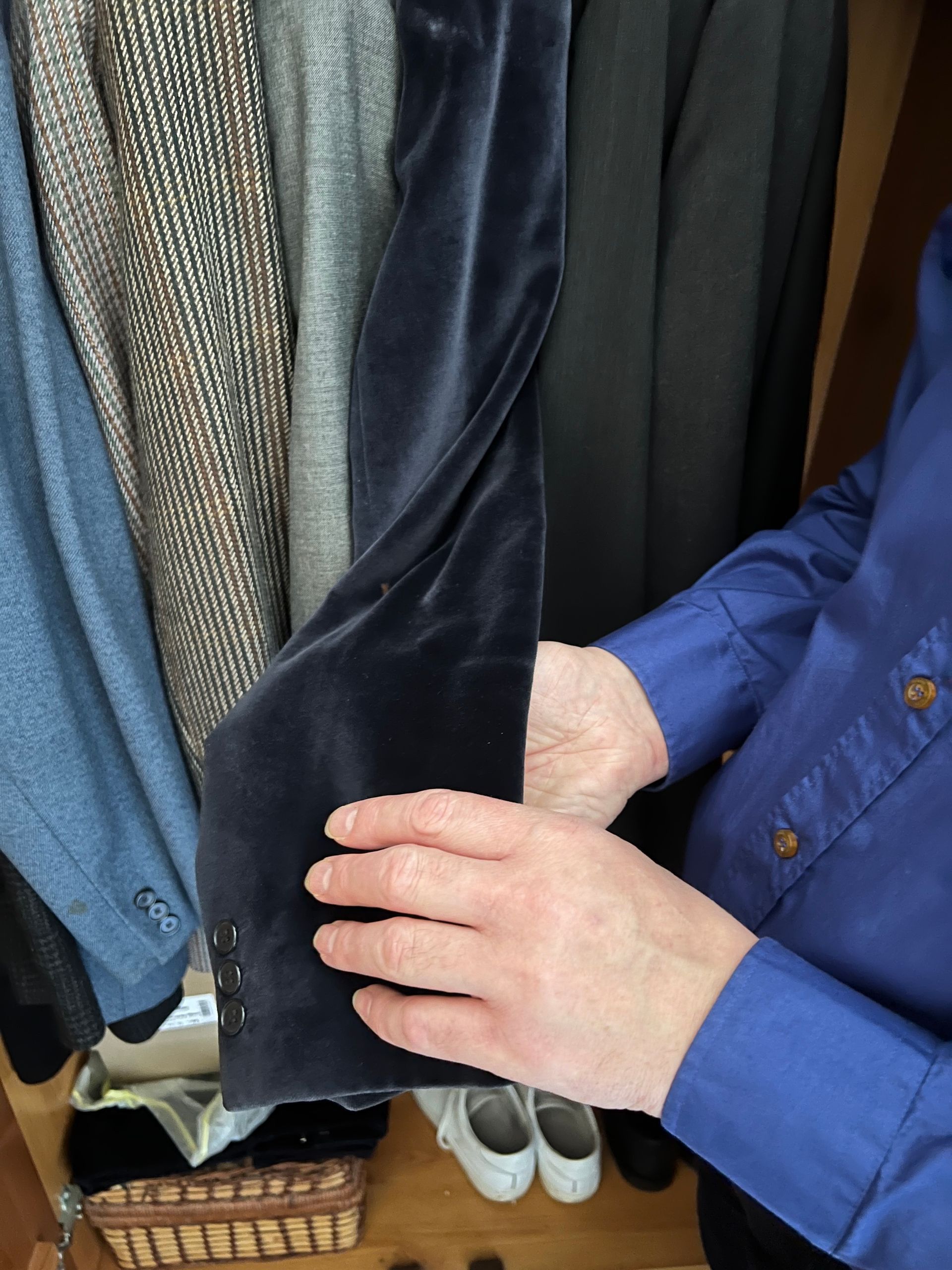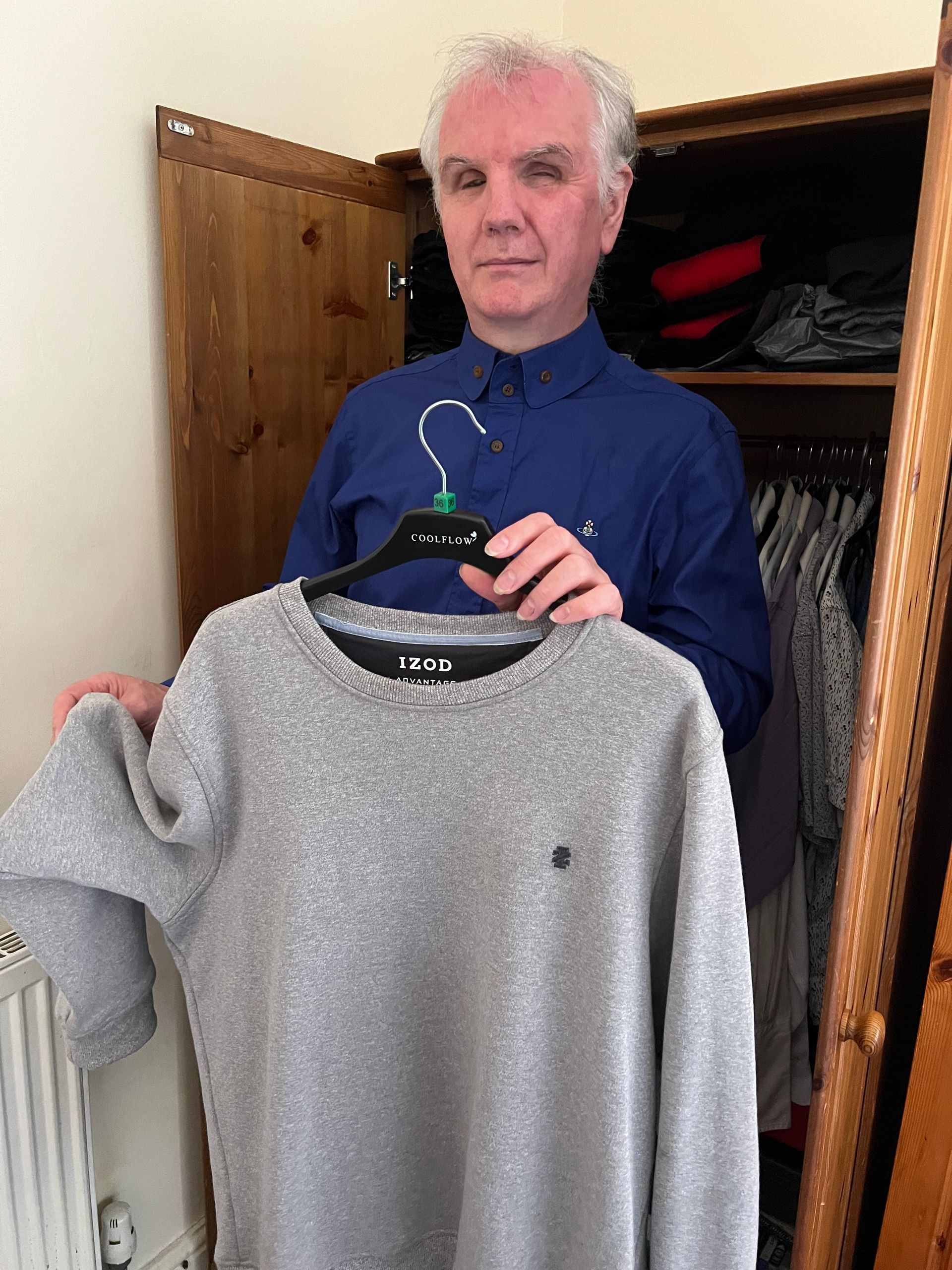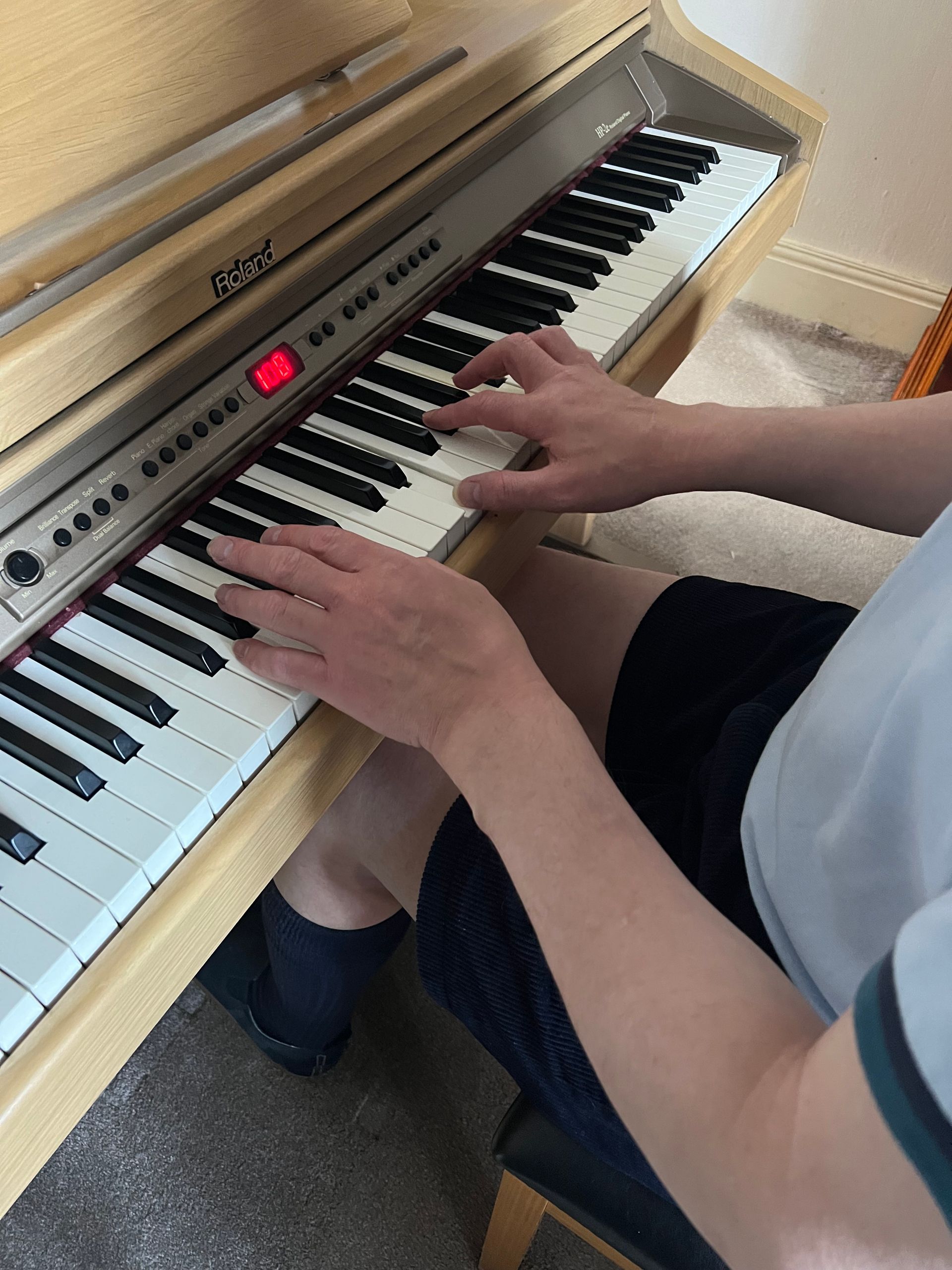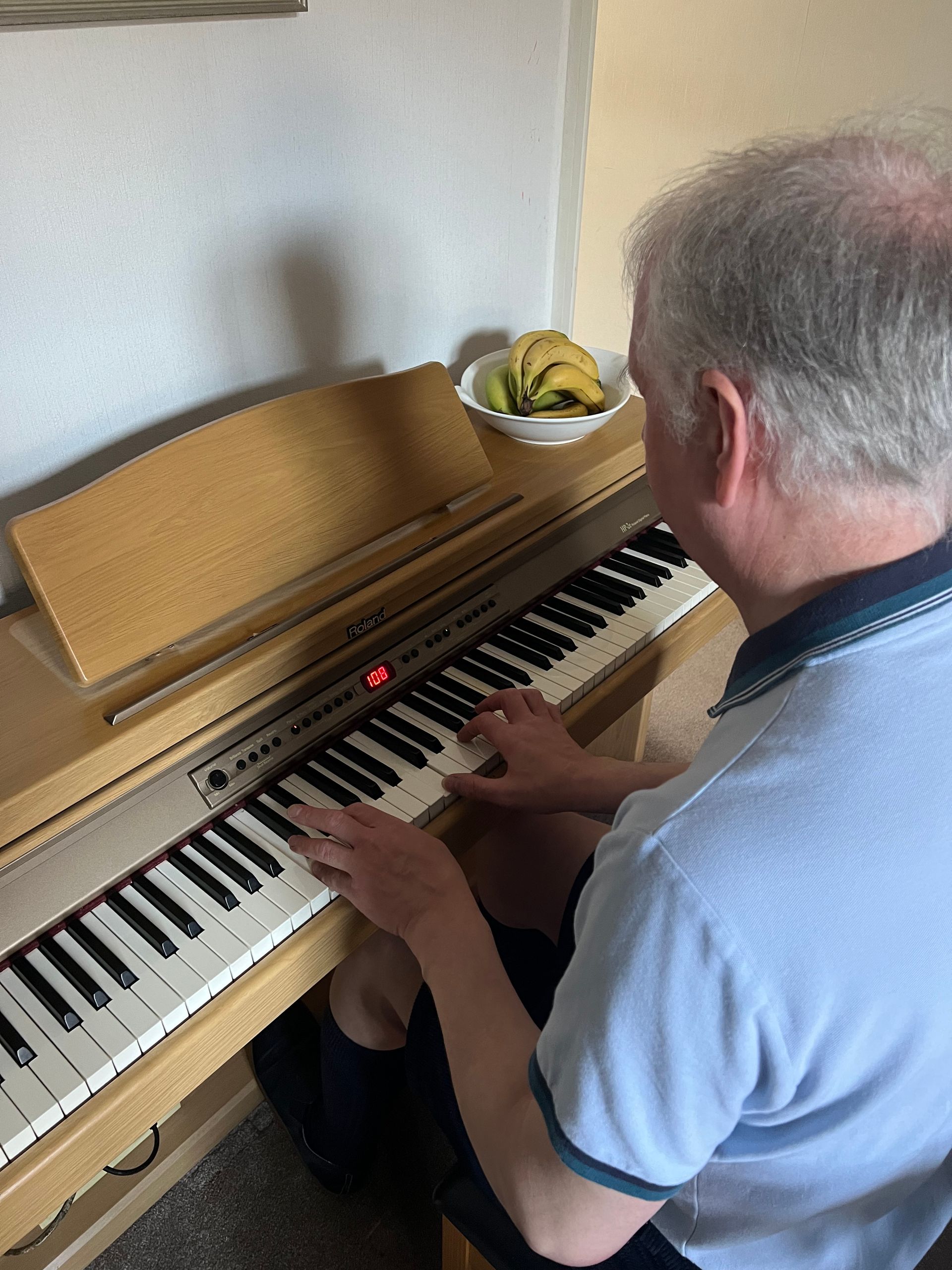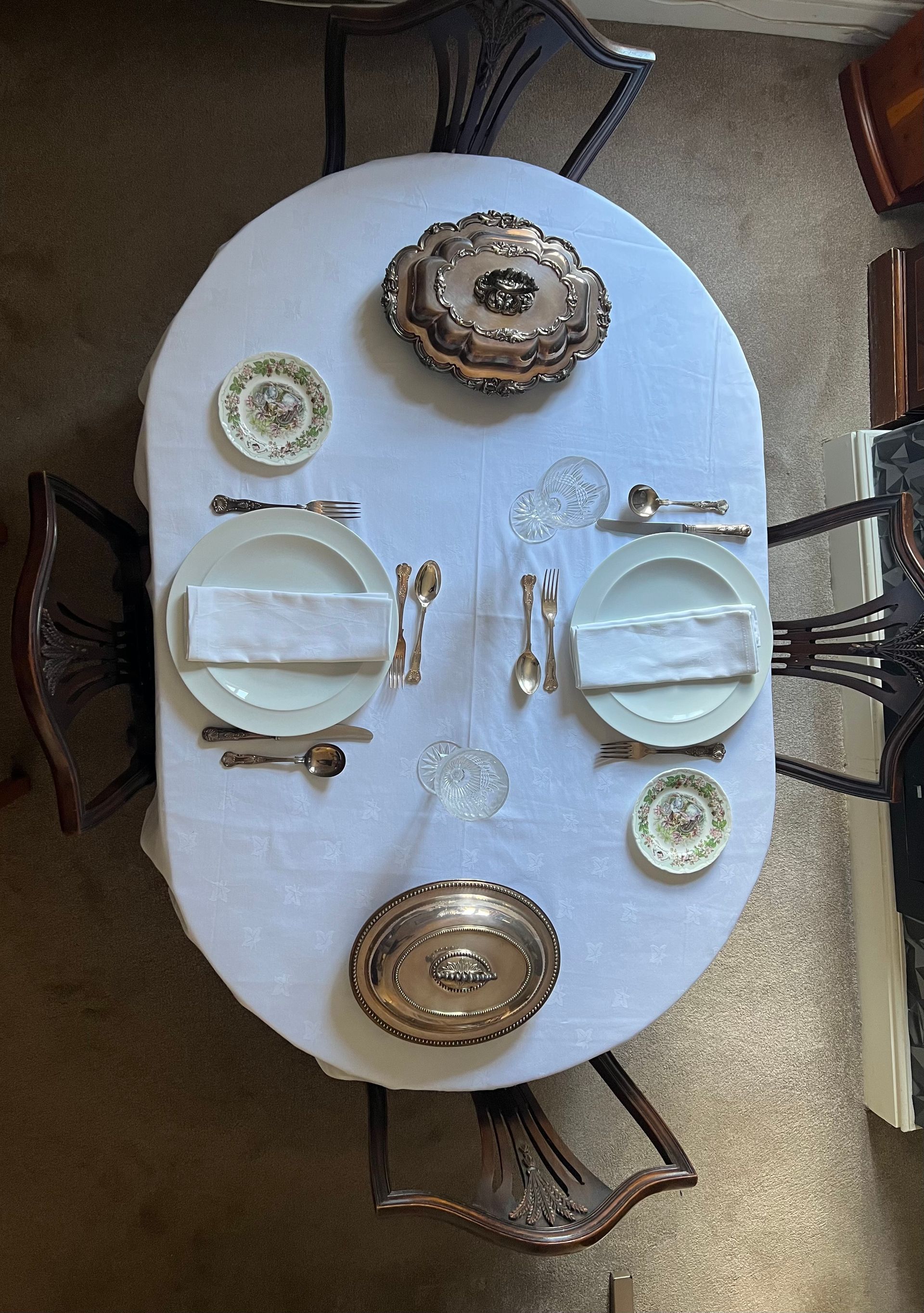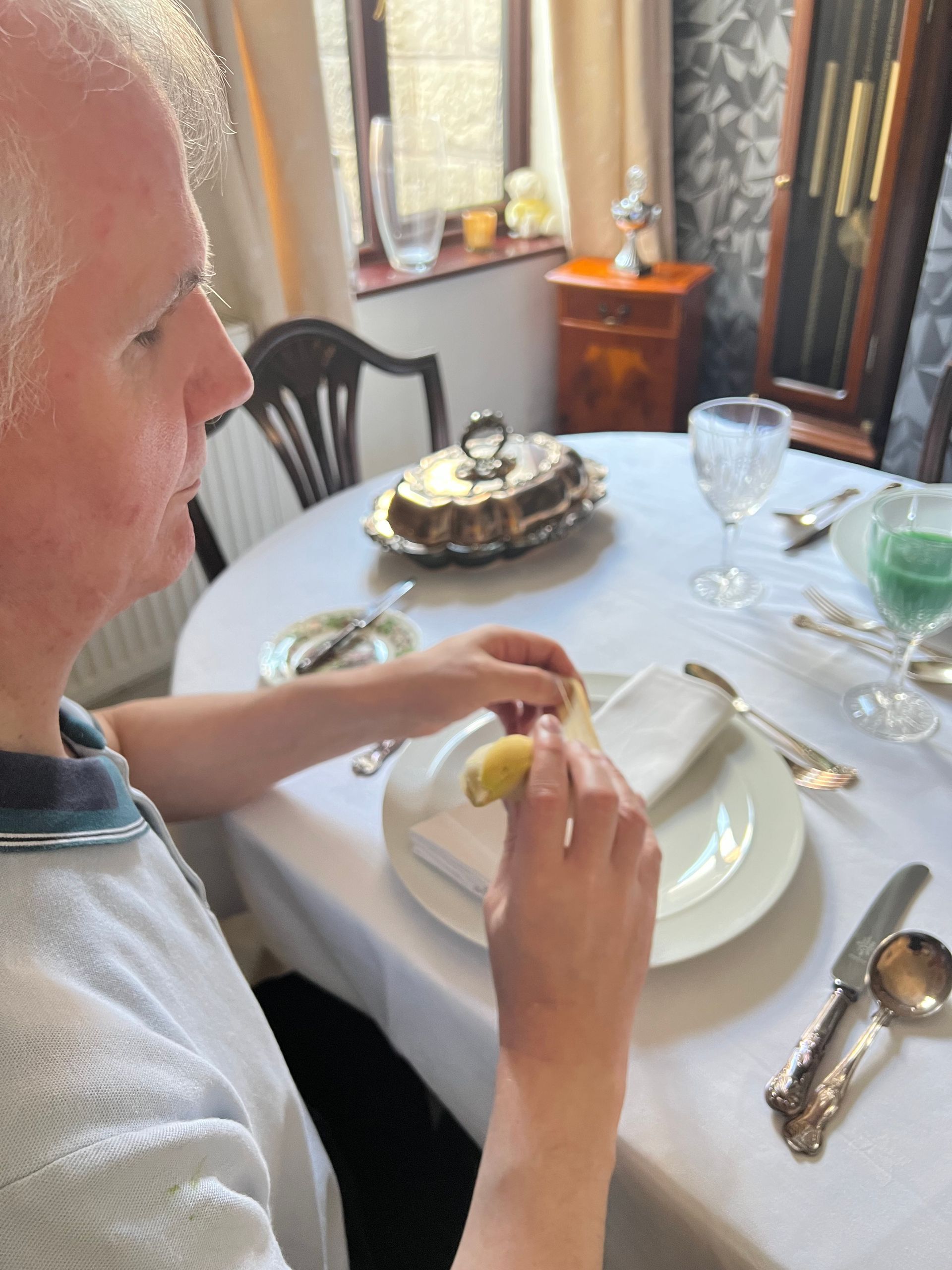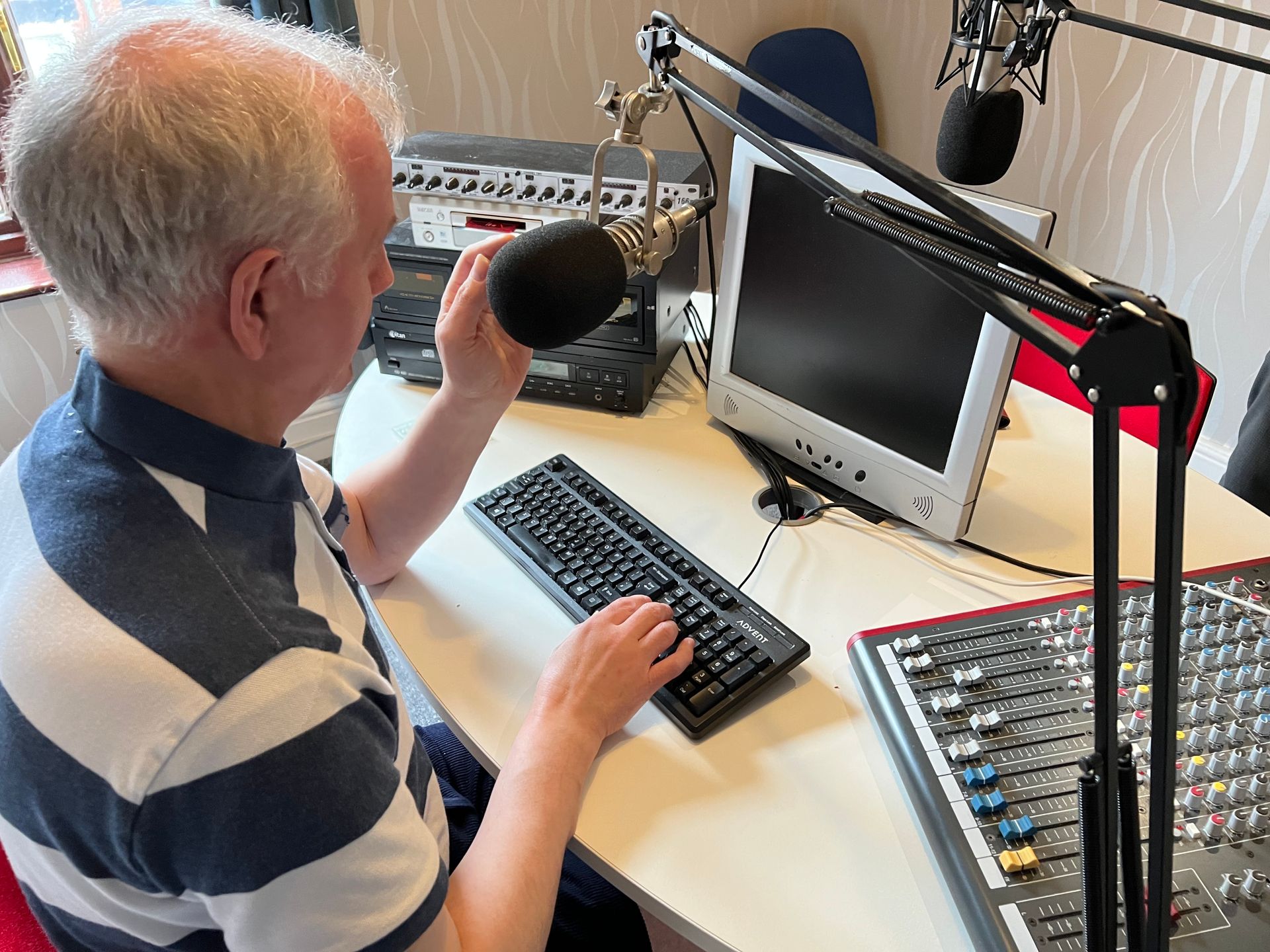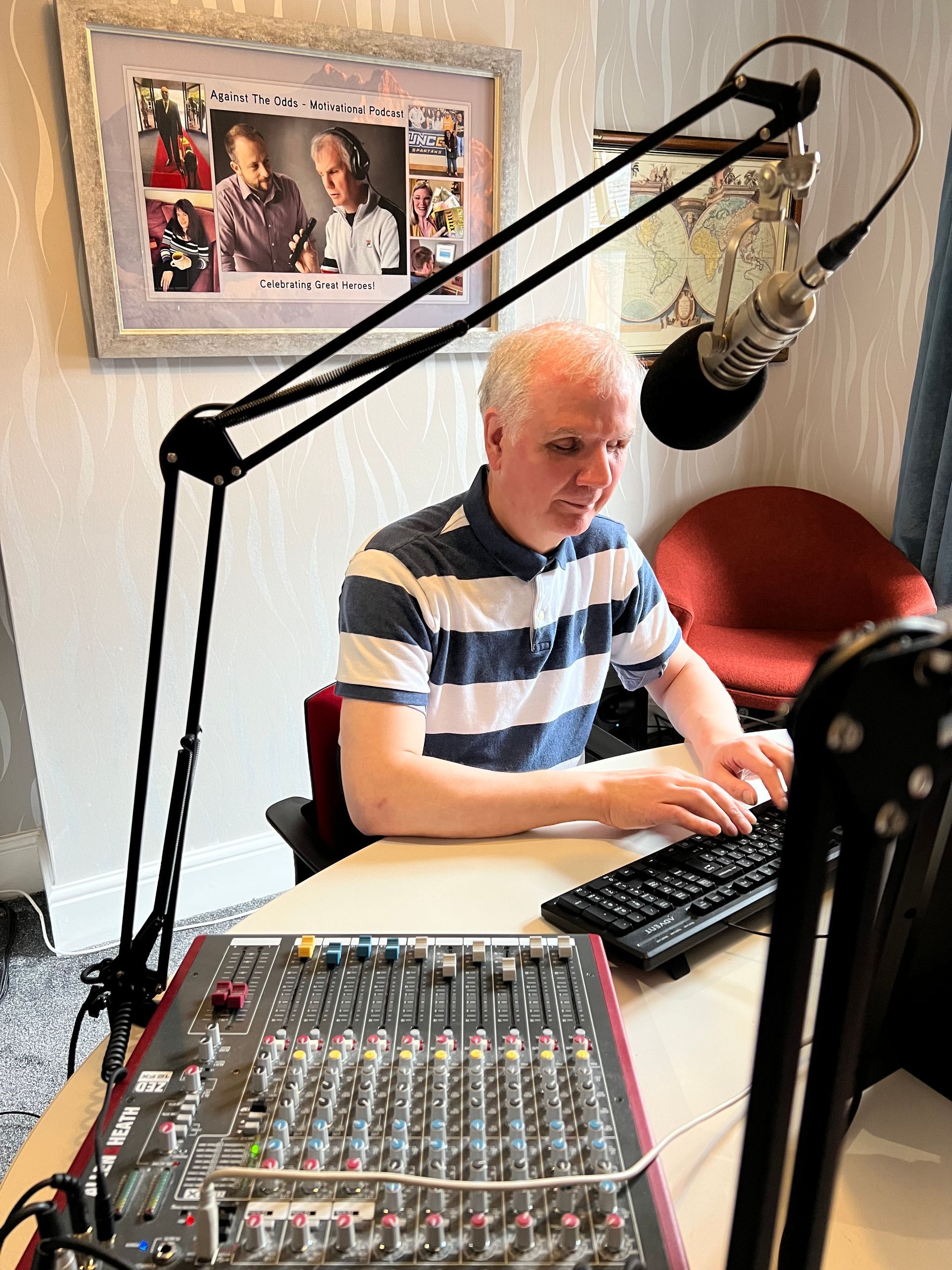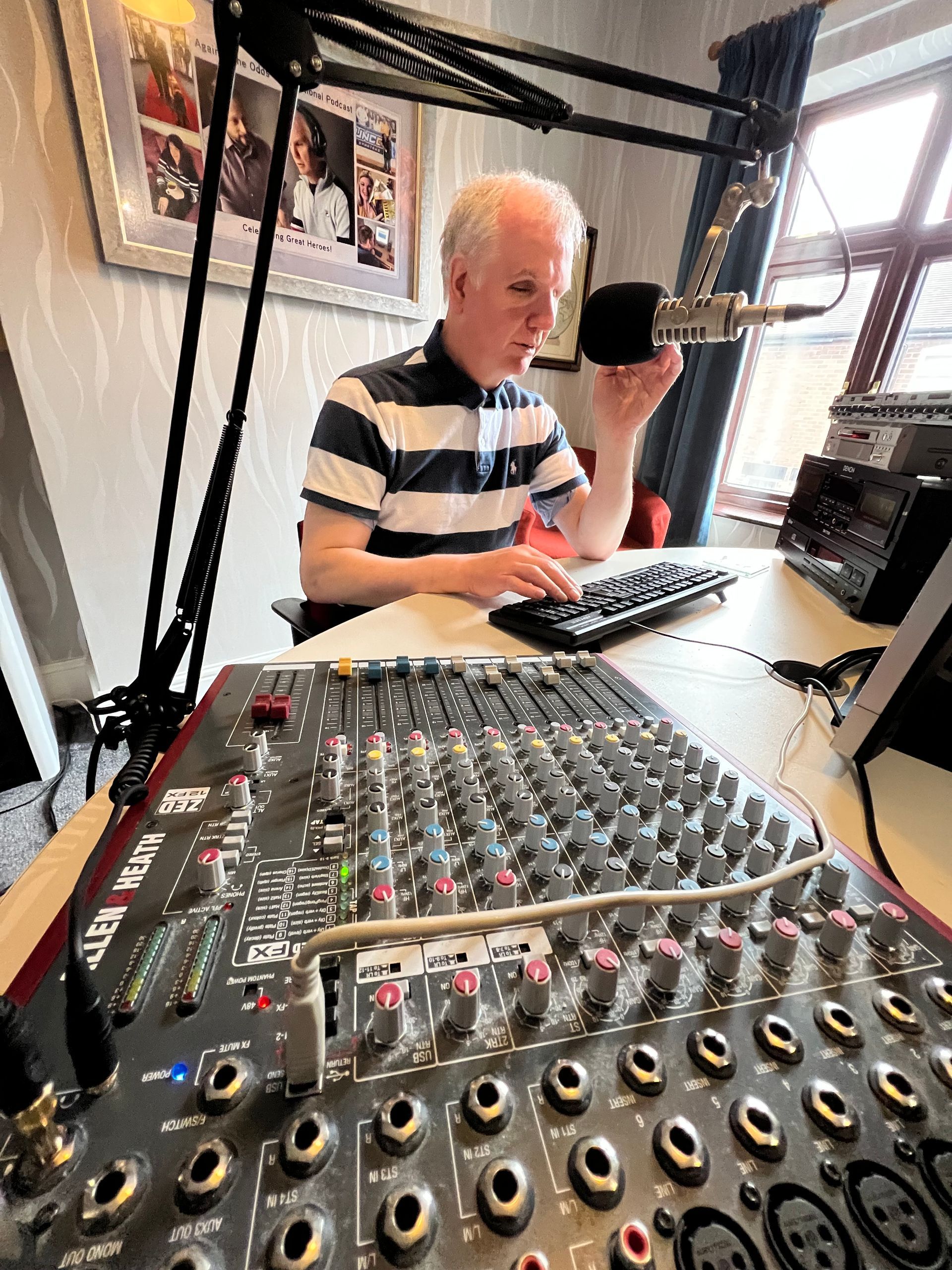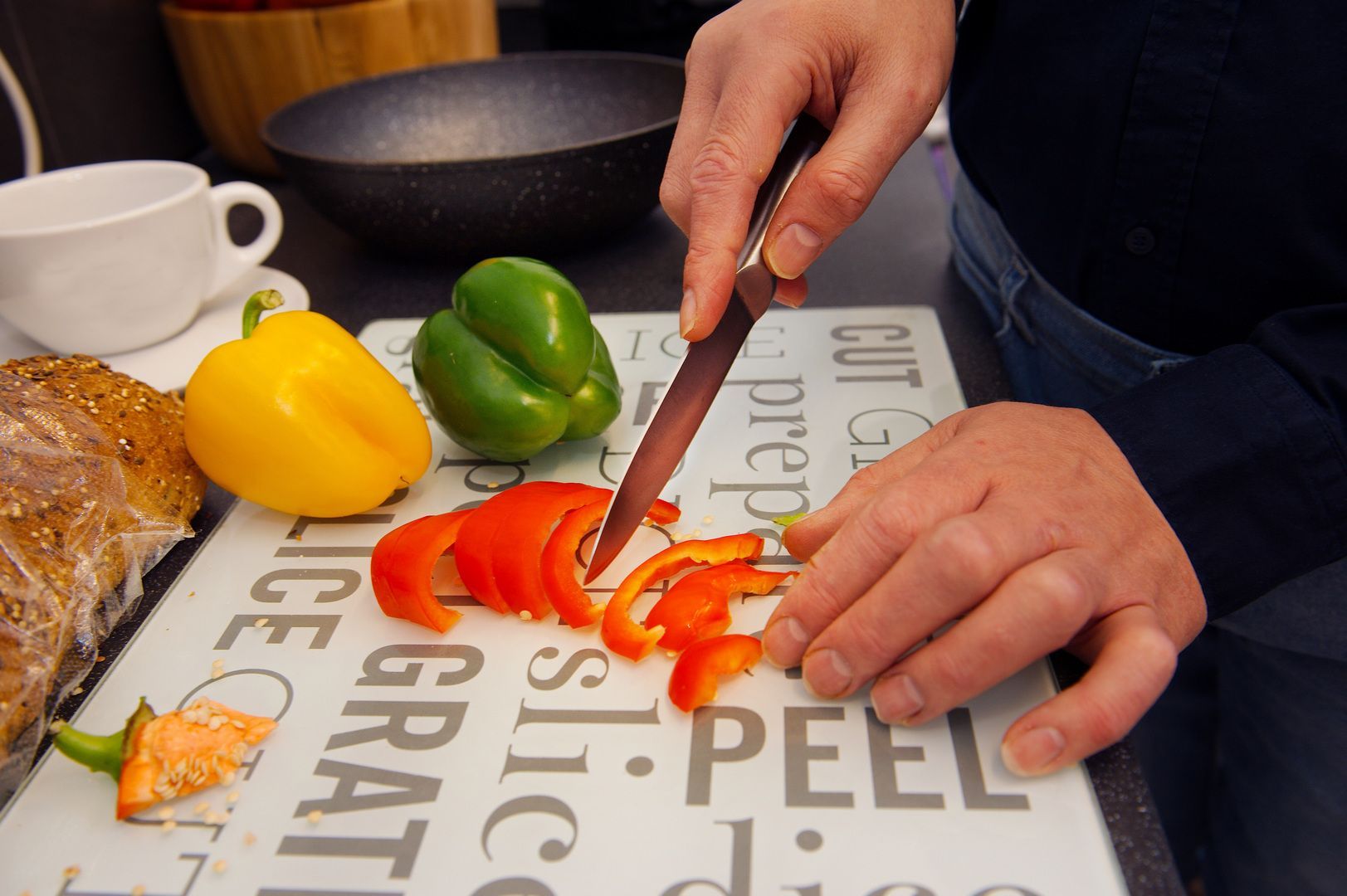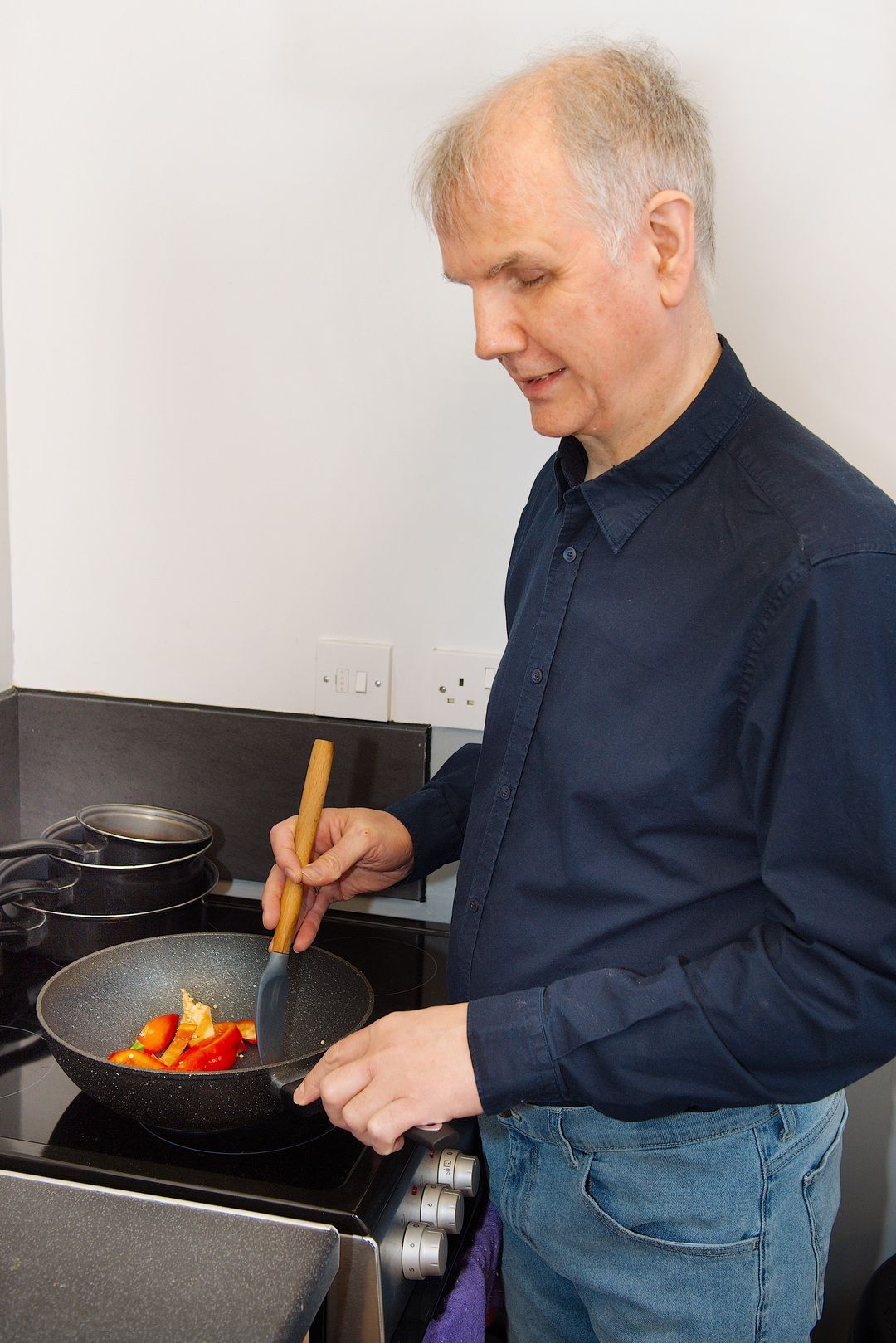A World Beyond Sight: The Intricacies of Spatial Awareness
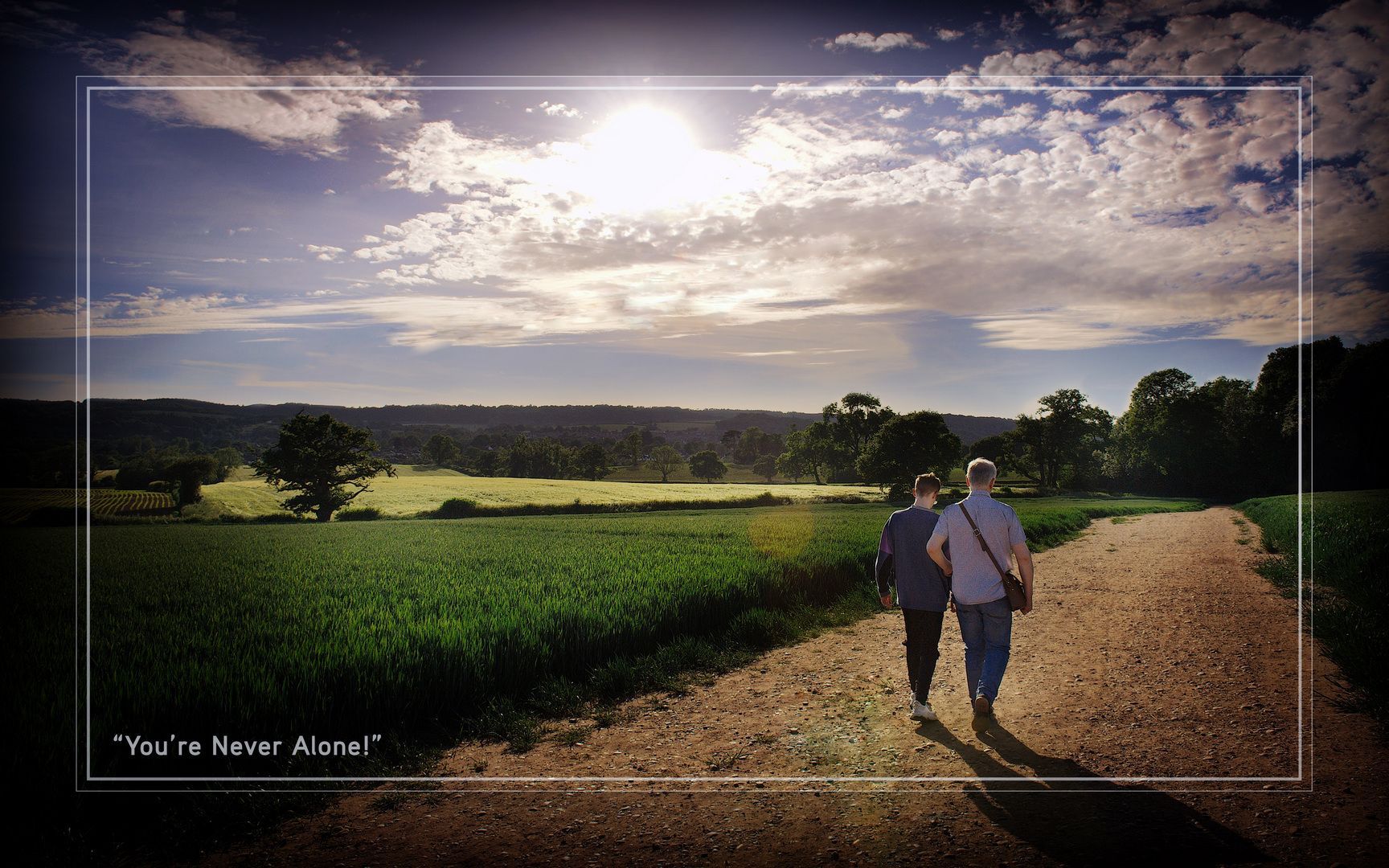
By Philip Francis Anderson, Activist and Podcast Host, Campaigning for Change.
Unlock the sensory symphony of a life beyond sight—discover how spatial awareness shapes my world. Are you tuned in?
Get ready for an insightful read! This comprehensive article dives into navigating a world through sensory and spatial awareness. If you're short on time, hit the "Listen to This Article" button to absorb its essence while you savour your coffee.
In the dim, quiet mornings, I do not awaken to the visual crescendo of the sunrise. Instead, my world comes alive in a sensory symphony: the soft vibrations of household items, the rhythmic ticking of my mechanical bedside clock, the gentle aroma of bees’ wax, the chorus of merry bird song —these are the cues that herald a new day. It is a narrative different from the world of sight, a tale of tactile and auditory experiences painting vivid pictures on the canvas of the mind. This is the story of living with sight loss for over 50 years of navigating a world through heightened sensory and spatial awareness.
Introduction
Beyond Sight – A Journey of Sensory Revelations
For many, the world unfolds in vibrant visuals, a tableau of colours and shapes, with every detail sharply defined. Yet, for some of us, our perception of the world is not dominated by sight. Instead, it is a tapestry woven from a myriad of other sensations - sounds, scents, touches. While the absence of visual stimuli might seem limiting to some, it opens up an enriching realm of experiences for others, an intricate dance of sensory interpretations. In this narrative, I invite you into my world - one sculpted by over five decades of sight loss - and share with you the incredible journey of spatial and sensory mastery that is shaped my life.
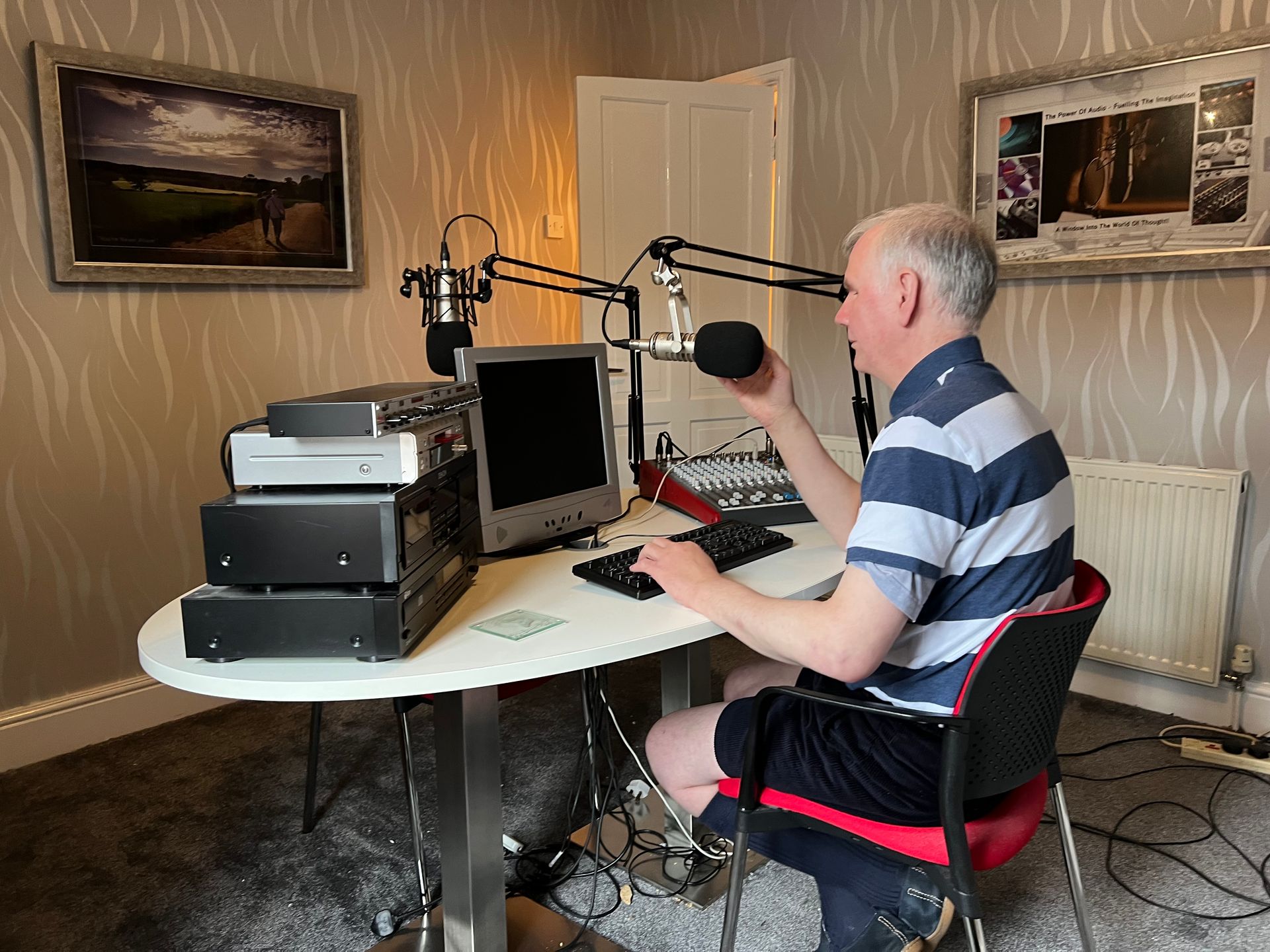
Unravelling the Nuances
As I traverse the intellectual landscapes of my current study at the Open University, working towards a BA in Philosophy and Psychological Studies, I'm continually reminded of the complex tapestry of human perception. Spatial awareness, a subject I find myself deeply engrossed in, is like the unsung hero in the orchestra of our daily experiences. Operating discreetly, it ensures the rhythm and flow of our actions remain harmonious.
At the very core, spatial awareness elegantly divides into two main genres: egocentric and allocentric. The egocentric kind is, in essence, a reflection of one's personal narrative, centred upon individual perspectives. Think of it as the internal compass guiding proprioception, granting us the subtle intuition of where our limbs are in relation to one another. It’s the whispered advisor when my fingers glide across piano keys, ensuring each note resonates with intent.
Contrastingly, allocentric spatial awareness offers a more holistic view, mapping the intricate interplay between objects within a space. As you immerse yourself further in the forthcoming sections on day-to-day engagements, be attuned to the nuances of haptic perception, a facet of egocentric spatial awareness. This tactile ally furnishes us with the means to interpret open spaces, conjuring vivid canvases of our environment solely through touch and sensation.
A Day in the Life:
Sensations, Soundscapes and Spatial Navigation
The mellow hum of the alarm clock is not just a wake-up call. It is the starting note of my daily sensory symphony. My fingertips brush against the soft fabric of the duvet, tracing patterns as memories of dreams fade. The distant sound of chirping birds intertwines with the more immediate aroma of brewing coffee, wafting from the kitchen.
For many, the act of waking and getting started is unconscious, guided by sight. For me, it is a ballet of memory, touch, and sound. Every room, corner, and space in my home has been meticulously mapped out in my mind. When I first settled here, I took the time to consciously note every step from the bedroom to the bathroom, every object on my dresser, every soft carpet or cool tile underfoot. This routine of observation gradually solidified into an intricate mental map to the point where I can navigate seamlessly between rooms without thinking.
Breakfast becomes an extension of this map. The tactile sensation of a cold milk carton, the auditory cue of boiling water, or the olfactory delight of toast turning golden brown; all serve as markers guiding me through my morning routine.
When it comes to dressing, colour still has its role. Despite the absence of its visual sensation, my understanding of colour is deeply ingrained, much like how one perceives abstract concepts. I understand "red" in the same manner I grasp the concept of "justice" - not through sight, but through language and its relational meaning to other abstract concepts. Therefore, while the texture of my attire – the lush cotton, the coarse wool, and the soft fleece – aids in selection, the concept of colour is still significant, adding an abstract dimension to my sensory world.
Seated by my piano, spatial awareness takes on a different melody. Navigating its keys requires a precise mental map of the keyboard. Similarly, in my study, the computer keyboard demands its own unique brand of spatial intuition, with the gaps and ridges serving as tactile road signs for my fingers.
Stepping outside, the mental mapping expands from the intimate confines of my home to the sprawling soundscape of the outside world. But even this vast expanse is made navigable by mentally marking auditory and tactile landmarks. The journey to the distant park, two miles away, is not just about physical distance. It involves recalling auditory cues like the familiar rustle of leaves in a particular alley or the unique resonance of footsteps on a specific cobblestone path.
In this tapestry of sensory cues, my day unfolds. As we have seen, it is not just about moving from point A to B but about navigating a world rich with sound, texture, memory, and abstract understanding.
The Science of Spatial Awareness
From the moment we are born, our brain begins to map the world around us. For those of you with sight, this happens primarily through visual cues. For individuals with sight loss, especially someone like me who has had this experience for over five decades, other senses take the forefront in this mental mapping process.
Our brains, regardless of sight ability, are wired to adapt. It is in their nature to find ways to make sense of our surroundings. When one sense diminishes, others amplify. This neurological phenomenon is termed *neuroplasticity*, and it is our brain's remarkable ability to reorganise itself by forming new neural connections throughout life. It allows the neurons (nerve cells) in the brain to compensate for injury and disease and to adjust their activities in response to new situations or changes in their environment.
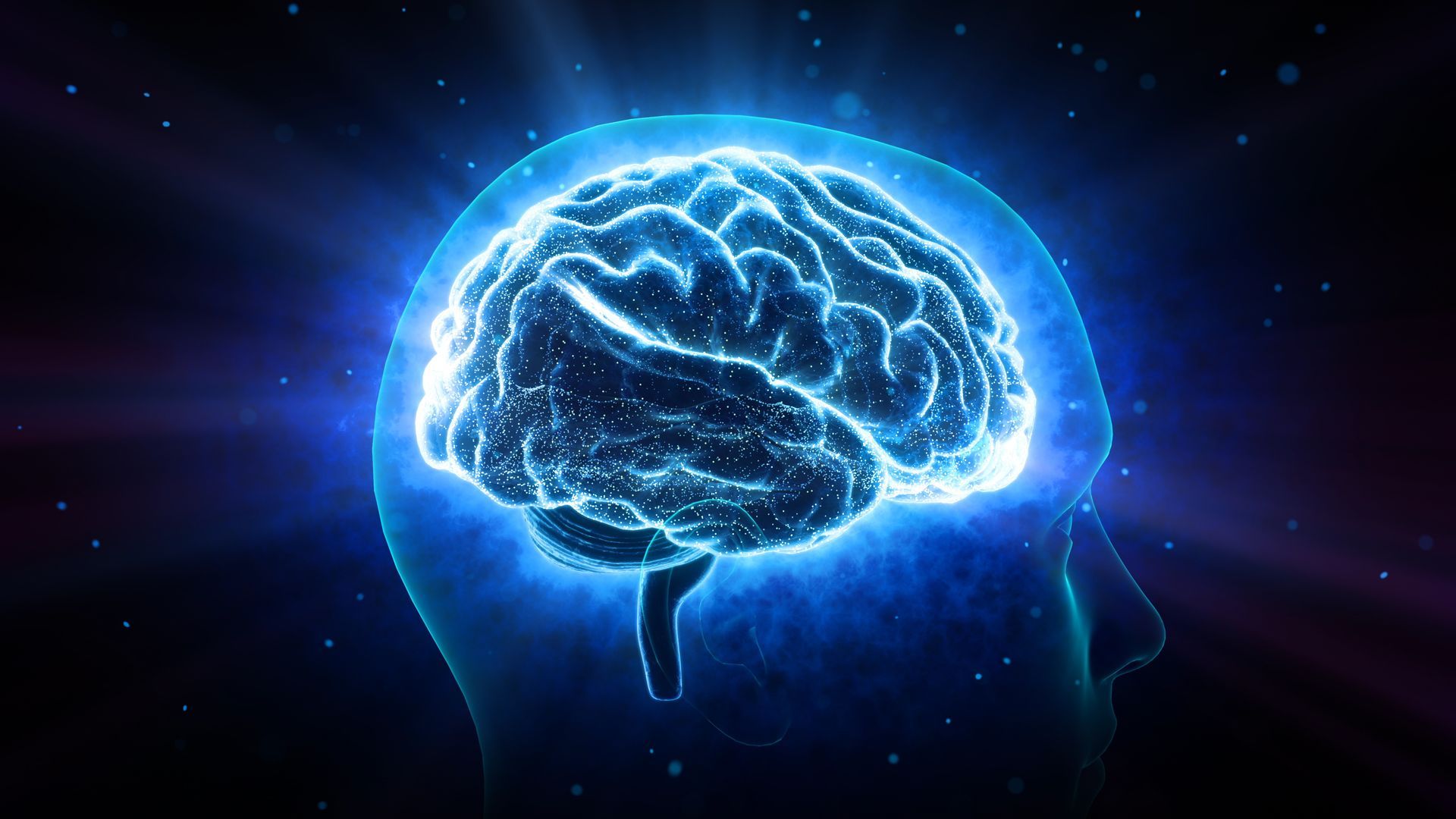
Let us take a closer look:
1. Neural Mechanisms and Spatial Mapping
Within our brain lies the hippocampus, a small but mighty organ that plays a vital role in spatial memory and navigation. Research has shown that the hippocampus of taxi drivers expands and adapts as they learn and remember intricate city maps.
The study was led by Eva-Maria Gries Bauer and her team. They examined the unique brains of licensed London taxi drivers which uncovered notable changes in the grey matter density of their hippocampus over prolonged periods. These alterations are directly attributed to the drivers' mastery of the "Knowledge of London," which spans over 26,000 streets and myriad landmarks throughout the city. This profound knowledge is cultivated through systematic map study, navigating selected intertwined routes, vivid mental imagery of locations and strategic employment of subgoals. Delving into the cognitive prowess of these drivers not only showcases their exceptional spatial skills but also suggests potential avenues to enhance spatial learning in the broader population, paving the way for artificial intelligence to more efficiently adapt to and understand new environments.
For individuals like me, however, the hippocampus also plays a pivotal role in understanding and remembering spatial relationships, albeit through different sensory modalities.
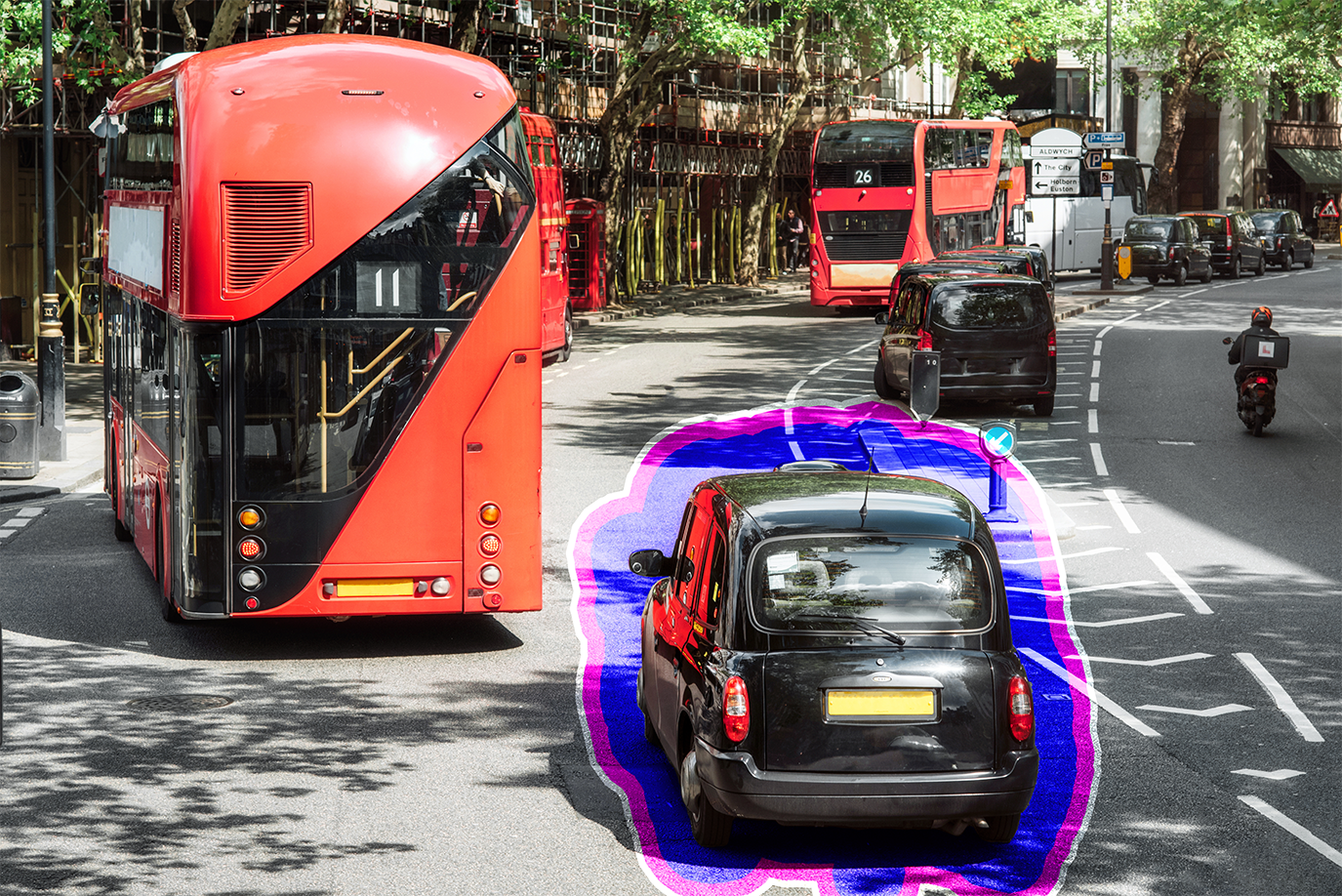
2. Touch and Tactile Feedback
When the eyes do not provide visual feedback, the sense of touch becomes paramount in spatial awareness. For instance, as I navigate the keys of my piano or type away at my computer keyboard, my fingers are not just pressing keys. They are sending a multitude of signals to my brain, helping it understand the space and layout of the instrument or device. Each tactile sensation, whether it is the slight ridge on the 'J' key of a keyboard or the subtle difference in the size and shape of the black and white keys on a piano, helps in refining the mental map.
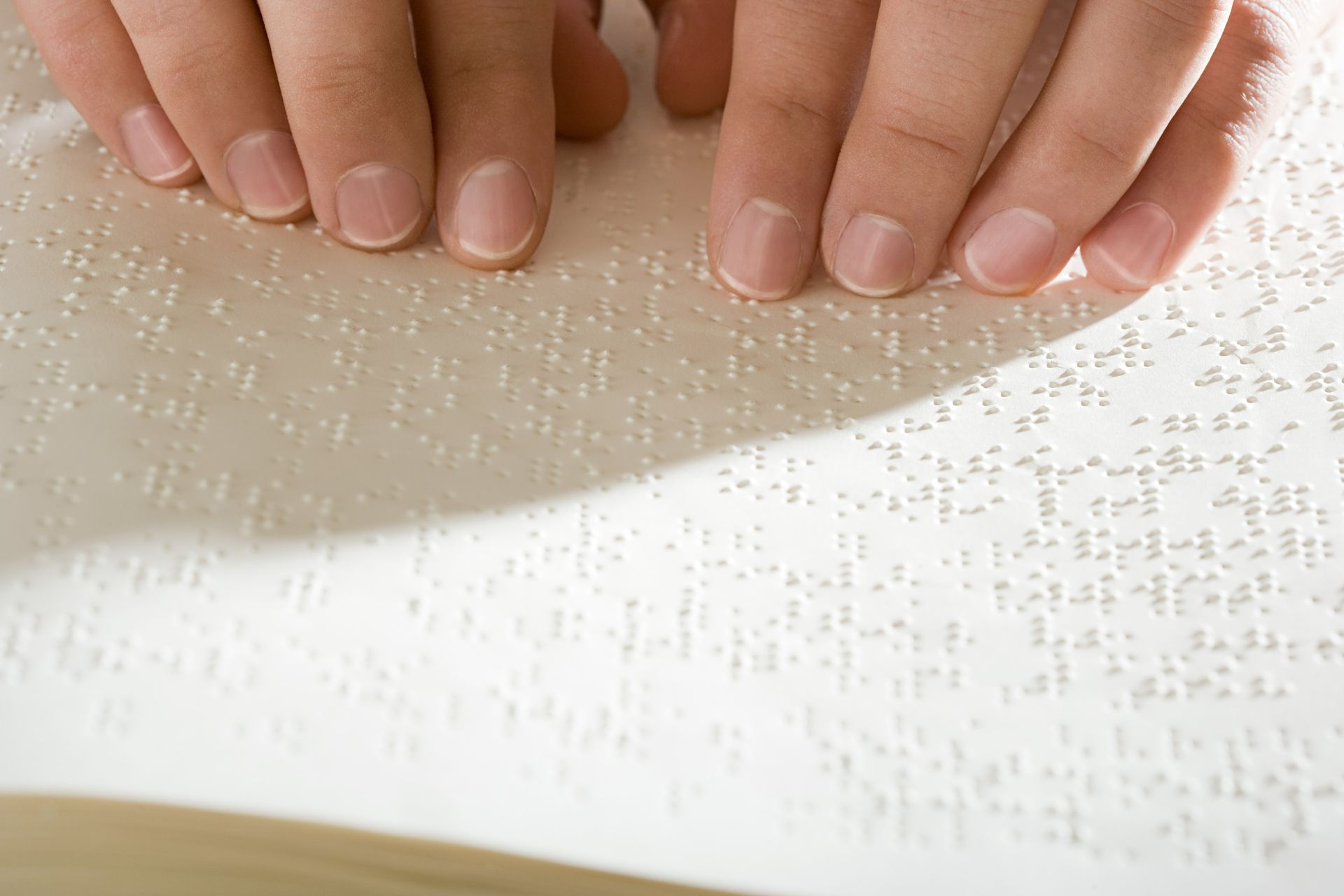
3. Auditory Cues and Echolocation
Much like bats, many of us with sight loss develop a keen sense of echolocation. By producing sounds, like tapping my cane or making clicking noises with my mouth, I can perceive the echo bouncing back from objects and obstacles. My ability of how I can hear the presence of a stone lamp post a few feet away, is often met with one or two amused and bemused reactions. However, this auditory feedback provides valuable information about the distance and nature of obstacles, allowing for navigation with a surprising degree of precision.
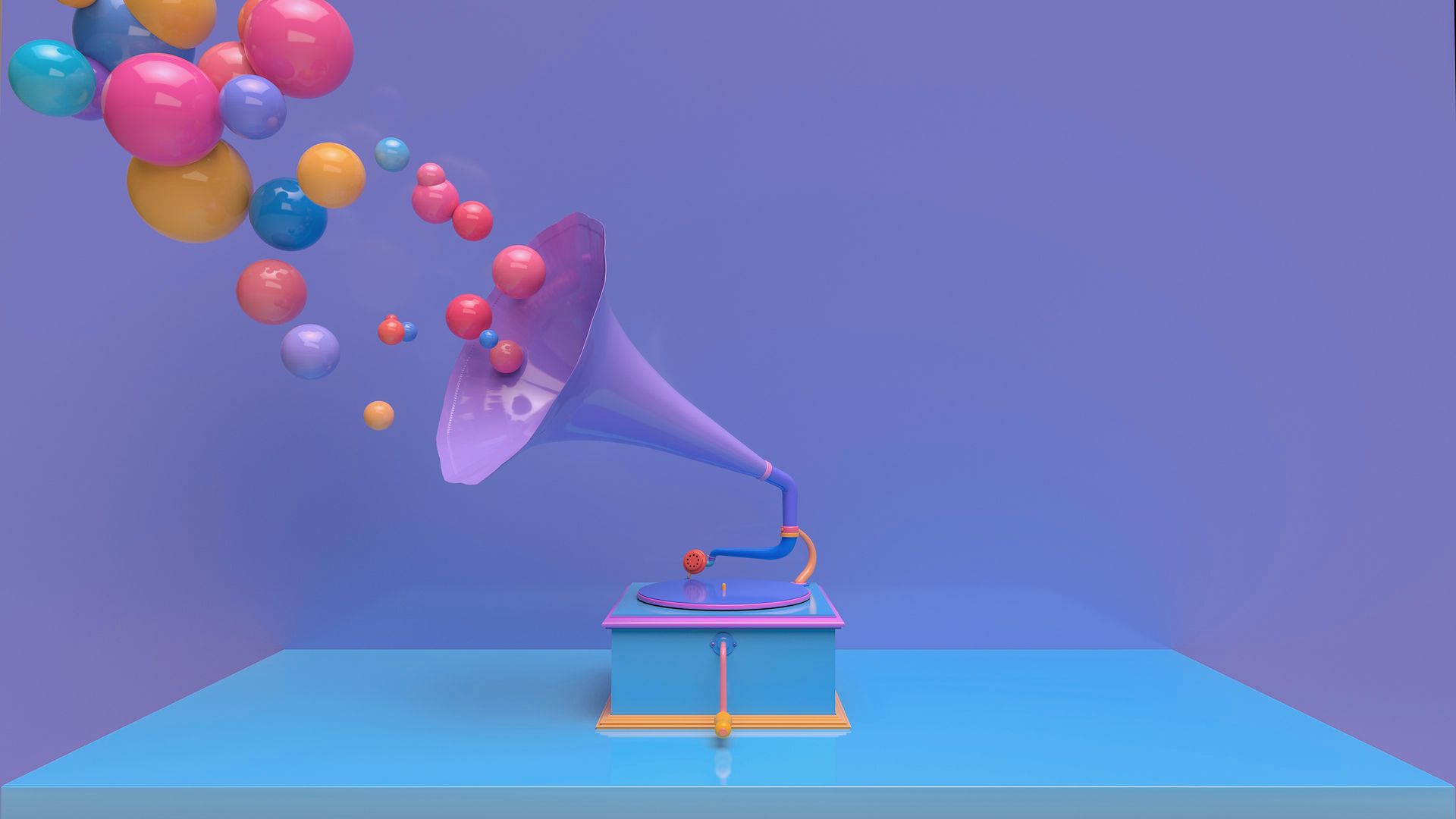
4. Memory and Mental Rehearsal
While someone with sight might visualise routes and spaces, I often rely on my memory and rehearse routes mentally, breaking them down into manageable chunks. For instance, the two-mile journey from my home to the park is not just a distance; it is a series of tactile landmarks, auditory cues, and rehearsed sequences. With each journey, the mental map becomes more detailed and precise.
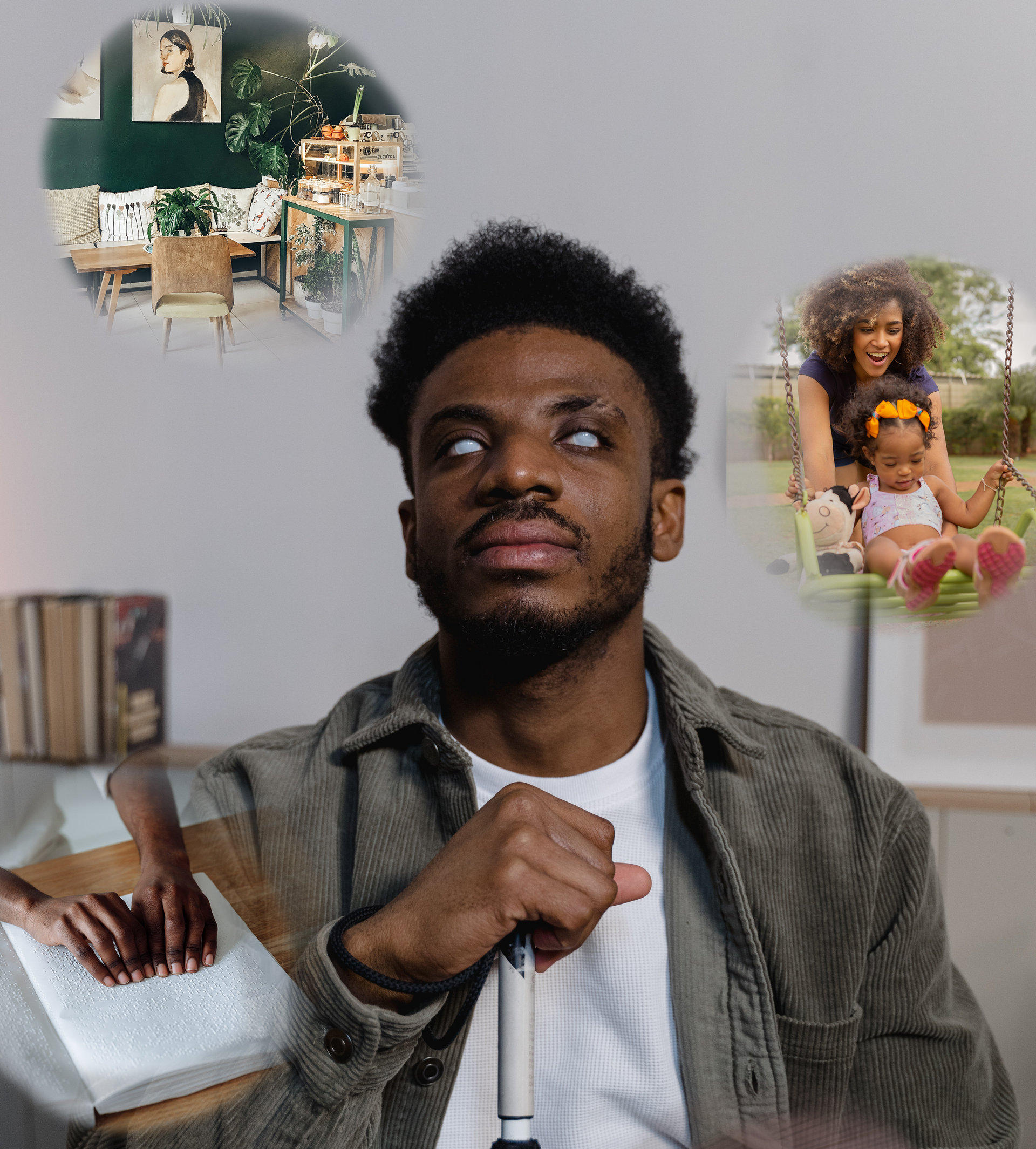
5. Language and Conceptualisation
An intriguing facet of spatial awareness for those with sight loss is the role of language and conceptualisation. I might not 'see' colours in the traditional sense, but I understand and conceptualise them. Terms like "red" or "blue" are more than just colours; they represent ideas, emotions, and experiences. They are abstract, much like "justice" or "freedom", as the research suggests, dispelling the closely held belief of the late philosopher John Locke that people born blind could never truly understand colour. We now know that our brains find ways to process and understand these concepts, even without the associated sensory input.
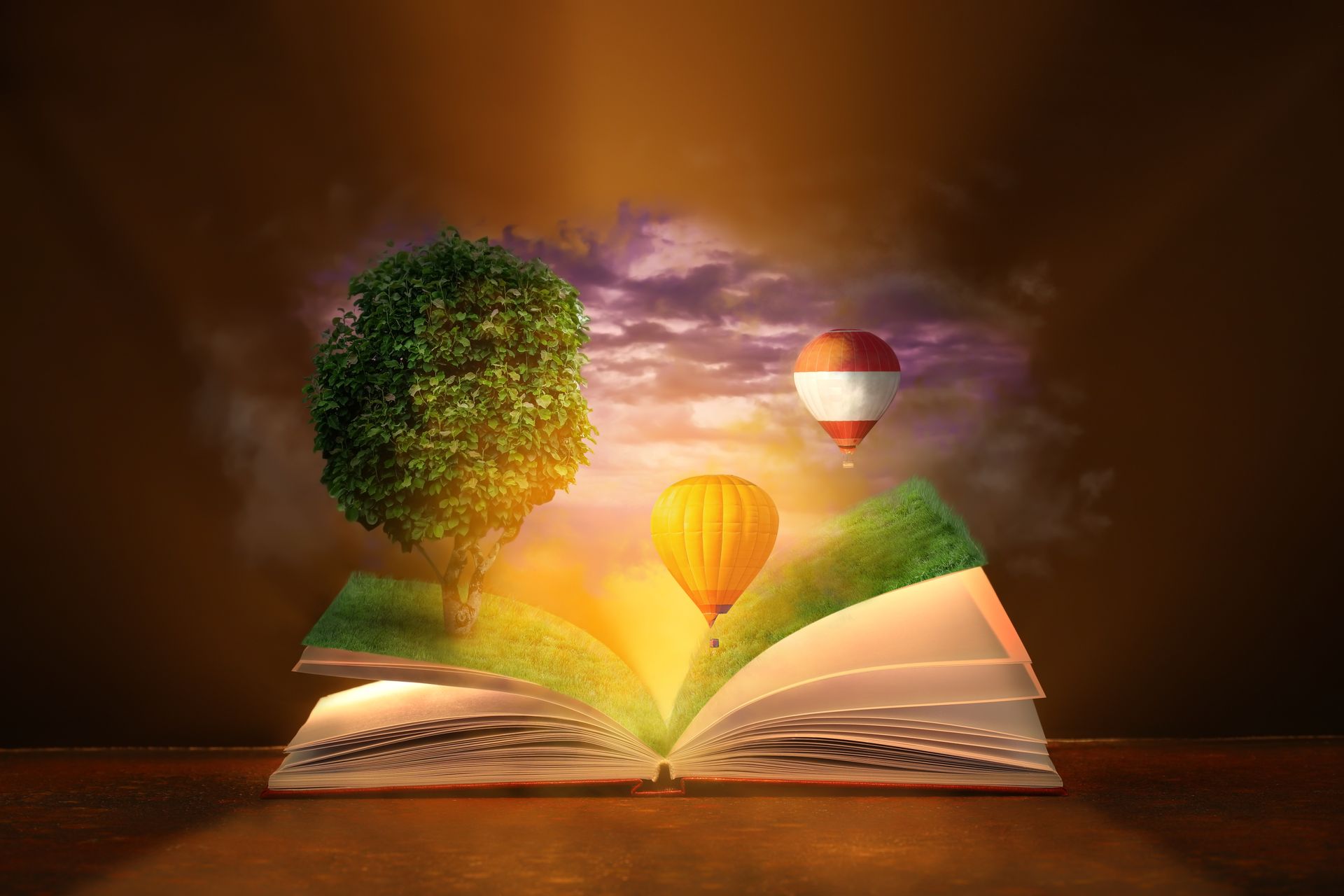
The Application of Spatial Awareness in Daily Activities
Having navigated the world without sight for over 50 years, I am a testament to the adaptability and resilience of the human spirit. Every facet of my journey is informed by spatial awareness, acting as a silent guide through the world's intricacies.
1. The Delicate Dance of Cooking
There is a certain magic in the kitchen, where aromas, textures, and sounds converge to produce a sensory symphony. Preparing a meal becomes a ballet of spatial intelligence, precision, and intuition. When I slice an onion, I am not just feeling its layered texture but also mentally mapping the distance between my fingers and the knife's blade. The sizzle of food in a pan informs me it is cooking, but a subtle shift in that sizzle's pitch alerts me to its readiness. My spatial awareness acts as my sous-chef, guiding each step, from measuring ingredients to their presentation on a plate.
2. The Symphony of Sound in Music
When I approach my piano, it is not just about knowing where each key is but also intuitively gauging the exact distance and subtle height differences between them. This intricate dance is orchestrated by my brain, which, over time, has constructed a tactile map of the keyboard. This is where proprioception comes into play. For those of you unfamiliar with the term, proprioception refers to our body's innate ability to sense its position and movements in space, almost like an internal GPS for our limbs and digits. I can discern the tiny gap between two white keys and the slightly raised profile of a black key, allowing my fingers to flow effortlessly, caressing each note with precision. This is not just muscle memory; it is a deep spatial understanding. The brain constantly updates this map based on tactile feedback, ensuring that even if there is a slight change, like a slightly misaligned key, I can adapt in real-time.
Similarly, when I am typing on a computer keyboard, my fingers do not just hit keys at random. Behind each keystroke lies a complex web of spatial computations, greatly influenced by proprioception. My brain is aware of the slight curvature of the keys, the tiny spaces that separate them, and the gentle descent of a key when pressed. This allows me to swiftly transition from the "A" key to the "L" key or make a quick jump to the space bar without second-guessing. Again, it is this intricate spatial awareness, fine-tuned over countless hours of practice, which transforms a grid of identical keys into a canvas where my thoughts come to life.
3. Outdoor Adventures
Embarking on a journey from my home to the park two miles away is a masterclass in haptic perception. For those unfamiliar with the term, haptic perception is the ability to recognise and interpret objects and environments through touch, allowing an individual to gain a deep spatial understanding purely based on tactile sensations. With each step I take, this form of spatial awareness becomes evident. The world communicates with me through every variance in surface texture—from the gritty asphalt to the soft grass—each narrating its own tale to my soles.
Shifts in terrain, be they subtle or steep, are immediately registered. This haptic feedback enables me to adjust my stride and maintain balance, much like a person with sight would instinctively respond to visual cues. Similarly, sounds become more than mere noises; they morph into three-dimensional landscapes in my mind. The distant hum of traffic, the rhythmic cadence of footsteps, or the soft rustling of leaves overhead—all contribute to painting a vivid auditory picture of my surroundings.
My cane, in this context, emerges as an invaluable instrument of haptic perception. More than just a navigational tool, it becomes an extension of my tactile senses—a sensitive interpreter, relaying intricate details of the world before me. Each tap, slide, or resistance it encounters translates into insights that guide my path, reinforcing safety and confidence with every step.
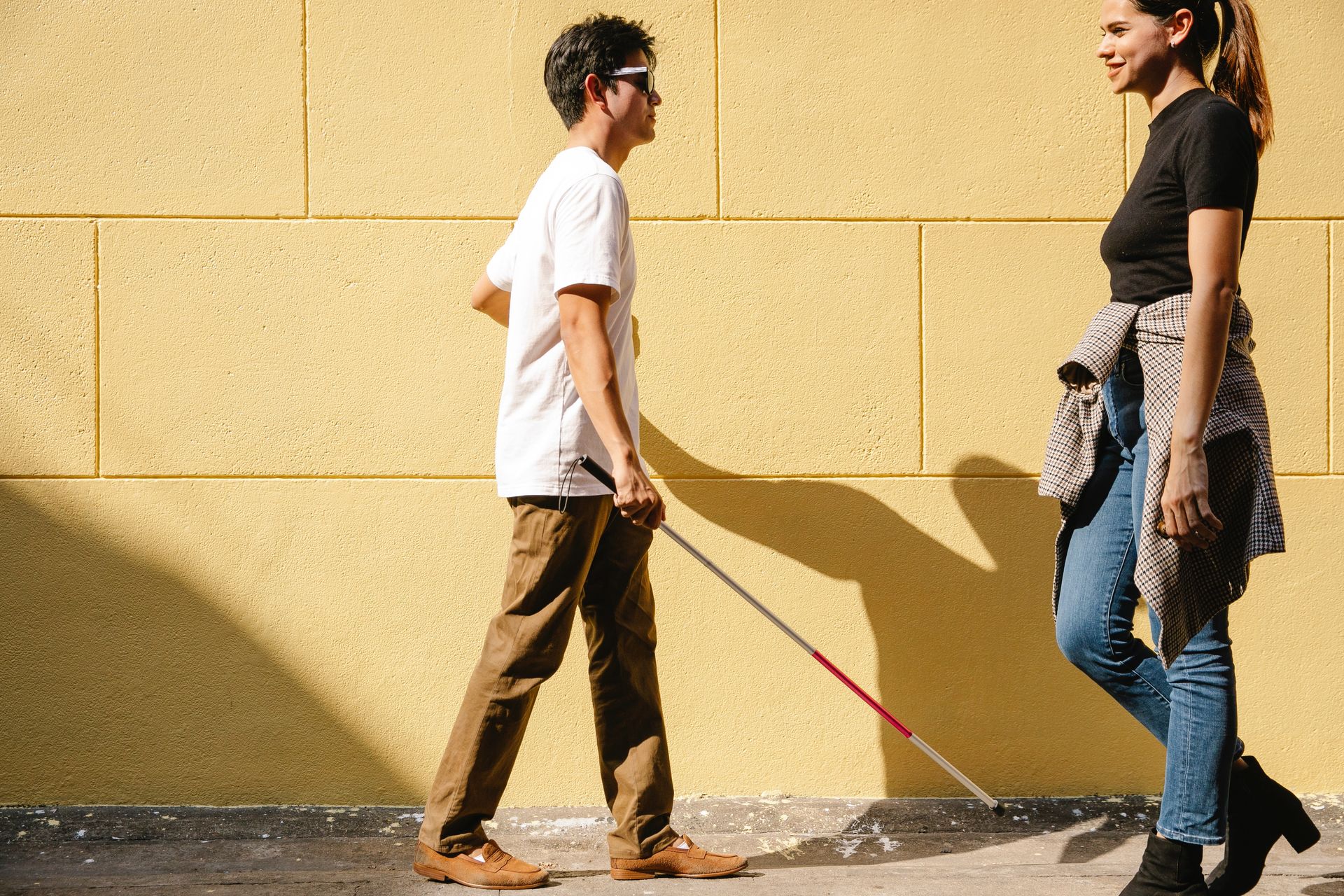
4. Passion for Sports
Within the sheer magnitude of sport, I have always found that my heart has always been drawn to specific passions. In swimming, where every stroke counted, my spatial abilities allowed me to glide through water, leading to accolades and record-breaking moments. On the cricket pitch, the extra bounce provided for players like me became an opportunity to hone my spatial skills further. And then there is my love for walking. From setting records in school to present-day brisk strolls, every step is an affirmation of my innate spatial understanding.

In each facet of life, whether mundane or exhilarating, spatial awareness stands tall as my guiding star, adding depth and richness to every experience.
The Challenges and Solutions
Embarking on any journey without sight presents a kaleidoscope of challenges, each distinct yet intrinsically tied to the other. However, as the age-old saying goes, "Where there's a will, there's a way."

The Challenge of Perception
Perception becomes a game of nuances and subtleties for me. Rain, for instance, reveals a great deal about its surroundings. On solid ground, raindrops fall with a consistent rhythm, producing a recognisable sound. Upon meeting a puddle, these raindrops create a softer, dispersed sound. But when rain falls upon larger expanses of water, such as ponds, lakes, or oceans, the resonance deepens. The sound becomes more drawn out, allowing me to discern not just its presence but its expansive nature.
Recognising friends is another challenge. I do not rely on visual cues like hairstyles or clothing. Instead, I tap into the blend of their fragrance, the timbre of their voice, or the unique rhythm of their walk.
Traffic sounds are crucial, not just mere background noise. They serve as a compass, indicating the flow and density of cars, helping when deciding the right moment to cross a street. Echoes bouncing off nearby buildings or walls give away more than just their presence; they provide data on distances, the width of pavements, and other spatial elements.
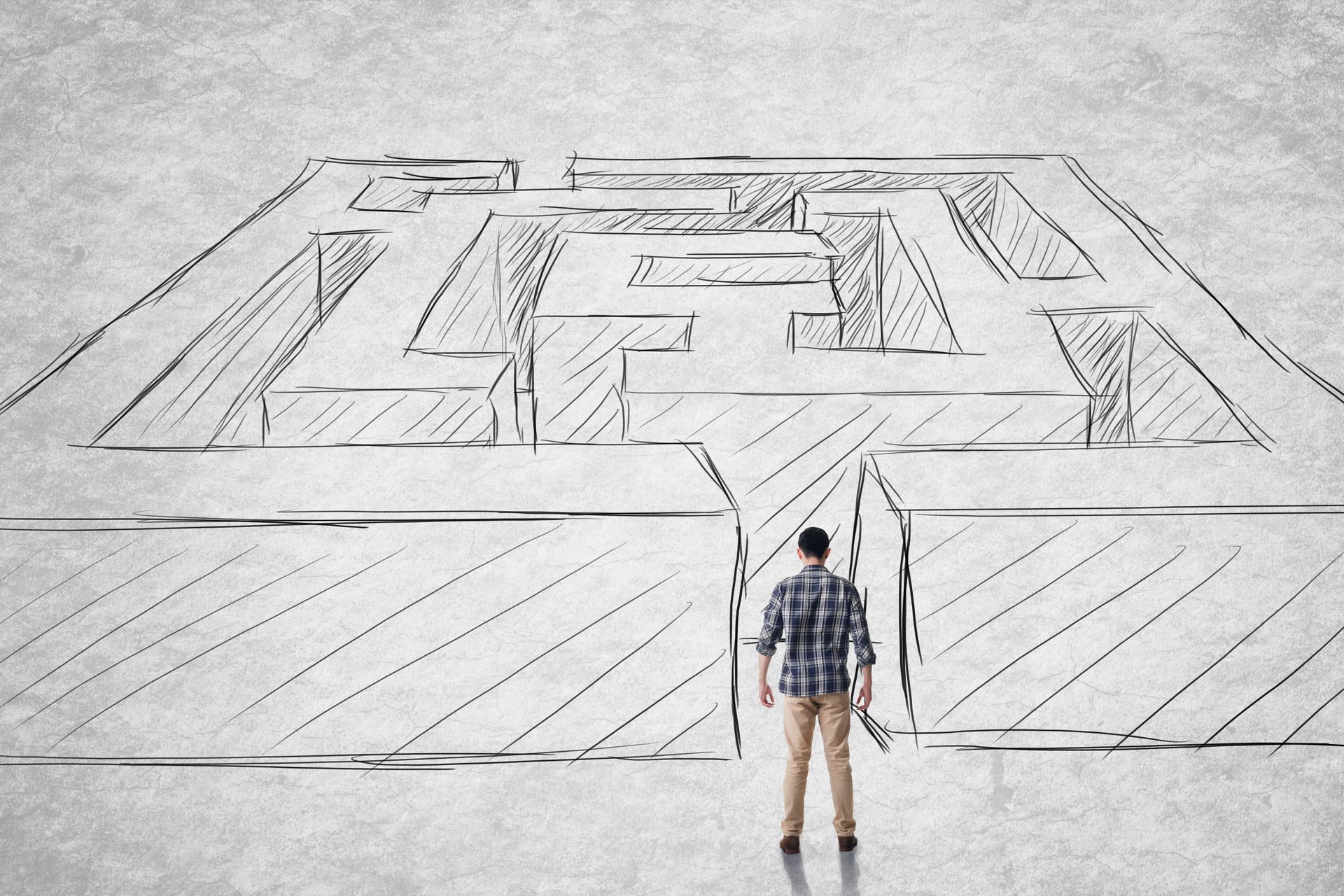
Guidance and Growth
Navigating the world is a continuous lesson. Built on experiences, occasional missteps, and the knowledge acquired from them, I have learned when and how to ask for assistance. The guiding hand of a friend or passerby and the subtle cues they offer can be invaluable, especially in unfamiliar terrains. However, it is a dance of balance. While I appreciate empathetic gestures, they must be offered, not imposed. It is akin to the principle that one should never interfere with a butterfly emerging from its chrysalis, as it might weaken its wing muscles. Every challenge I face, every stumble I take, serves as a lesson, refining my spatial awareness further.

Adapting to Technology
Today's technological advancements provide tools to bridge the gap between the seen and unseen world. Smartphone apps and devices with sonar technology can transmit vibrations or auditory signals, interpreting the world around me in real-time. These devices not only alert me to obstacles but can even identify them, allowing for more accurate navigation.
Touch plays an equally significant role. Braille maps, tactile graphics, and 3D printed layouts can help in pre-empting and understanding a unique environment, making navigation smoother.
Public transport, while often challenging, has improved greatly in terms of accessibility. Many buses and trains announce stops, and tactile paving on platforms and pedestrian crossings further aid in orientation.
Yet, the most profound tools at my disposal are patience, resilience, and a sense of humour. While technology and guidance can offer solutions, it is the strength of human spirit and the unwavering will to navigate a world beyond sight that truly drives the journey forward.
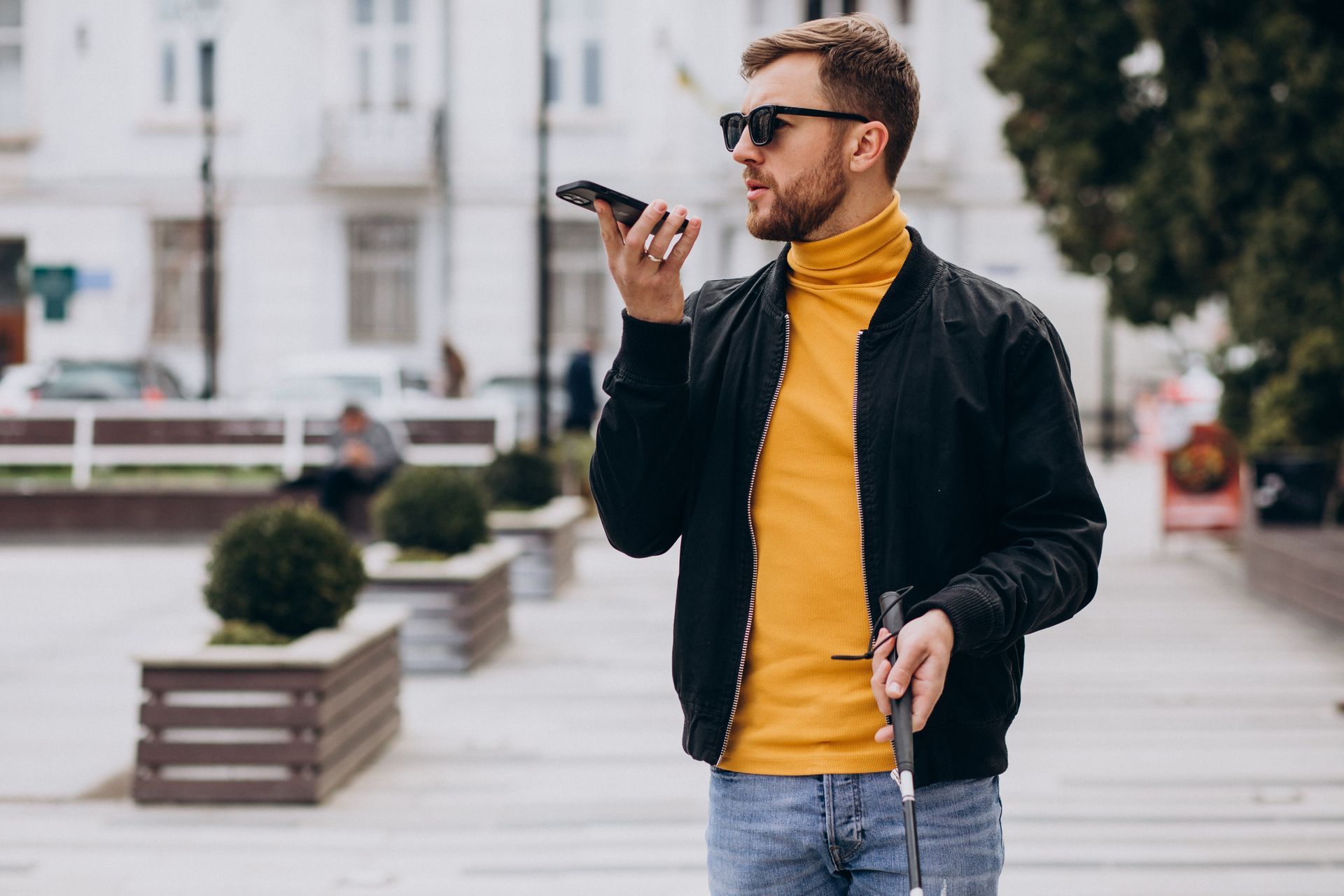
The Transformative Power of AI in Spatial Awareness
There's something incredibly captivating about the realm of artificial intelligence that gets me genuinely excited. For those like me, living with sight loss, AI isn't just about the latest tech trend; it's a game-changer, offering a bridge to overcome traditional challenges. It's not just about carrying out tasks; it's about understanding, taking a deluge of data and turning it into a meaningful story that makes sense to me.
Imagine strapping on an AI-empowered wearable, like a sophisticated smartwatch. It doesn't just alert me to obstacles; it paints a vivid picture of my surroundings — from capturing the hustle and bustle of my favourite café to the harmonious movement of people enjoying a sunlit park.
And it doesn't stop there. As these AI systems get smarter, they can weave in personal touches based on my habits and preferences. So, instead of just directions, it might remind me of that cosy coffee shop I love, or suggest avoiding that always-busy pedestrian crossing on my regular routes.
Now, think of marrying AI with other cutting-edge technologies, such as augmented reality. The possibilities thrill me! These combinations could offer tactile cues or a symphony of sounds, crafting a rich tapestry that brings the world to life, right at my fingertips.
To me, AI isn't just about getting from A to B. It's about feeling, experiencing, and truly connecting with the world around me. It's more than a technological marvel; it's a shining light, promising a future where everyone, regardless of their sight, can embrace the world's vibrant tapestry in all its glory.

Summary
The Unseen Dance of Space and Sense
Throughout our exploration of spatial awareness in the context of sight loss, we have journeyed into the depths of perception, understanding, and adaptation. The world, when viewed through the lens of sight loss, is not dimmed but transformed into a vivid tapestry of sensations and cognitive interpretations.
From the everyday tasks we engage in, like navigating the layout of a piano or computer keyboard through proprioceptive understanding, to the broader journeys we embark on, where haptic perception comes into play – understanding our environment becomes an intricate ballet of senses and interpretations. Each step, each keystroke, each note played, reveals the profound ways in which our brains adapt, learn, and create new pathways of comprehension.
In our modern world, technology has begun to play an ever-increasing role in enhancing and augmenting spatial awareness for those with sight loss. Innovations, from basic tactile tools like the white cane to sophisticated AI-driven devices, offer promise and potential for a future where sight loss does not equate to a loss of independence or understanding.
Yet, as crucial as these aids are, the heart of this exploration remains rooted in the resilience and adaptability of the human spirit. The world of someone with sight loss is not one of limitations but of different perspectives. It is a testament to our innate ability to adapt, overcome, and find beauty and understanding in the seemingly mundane.
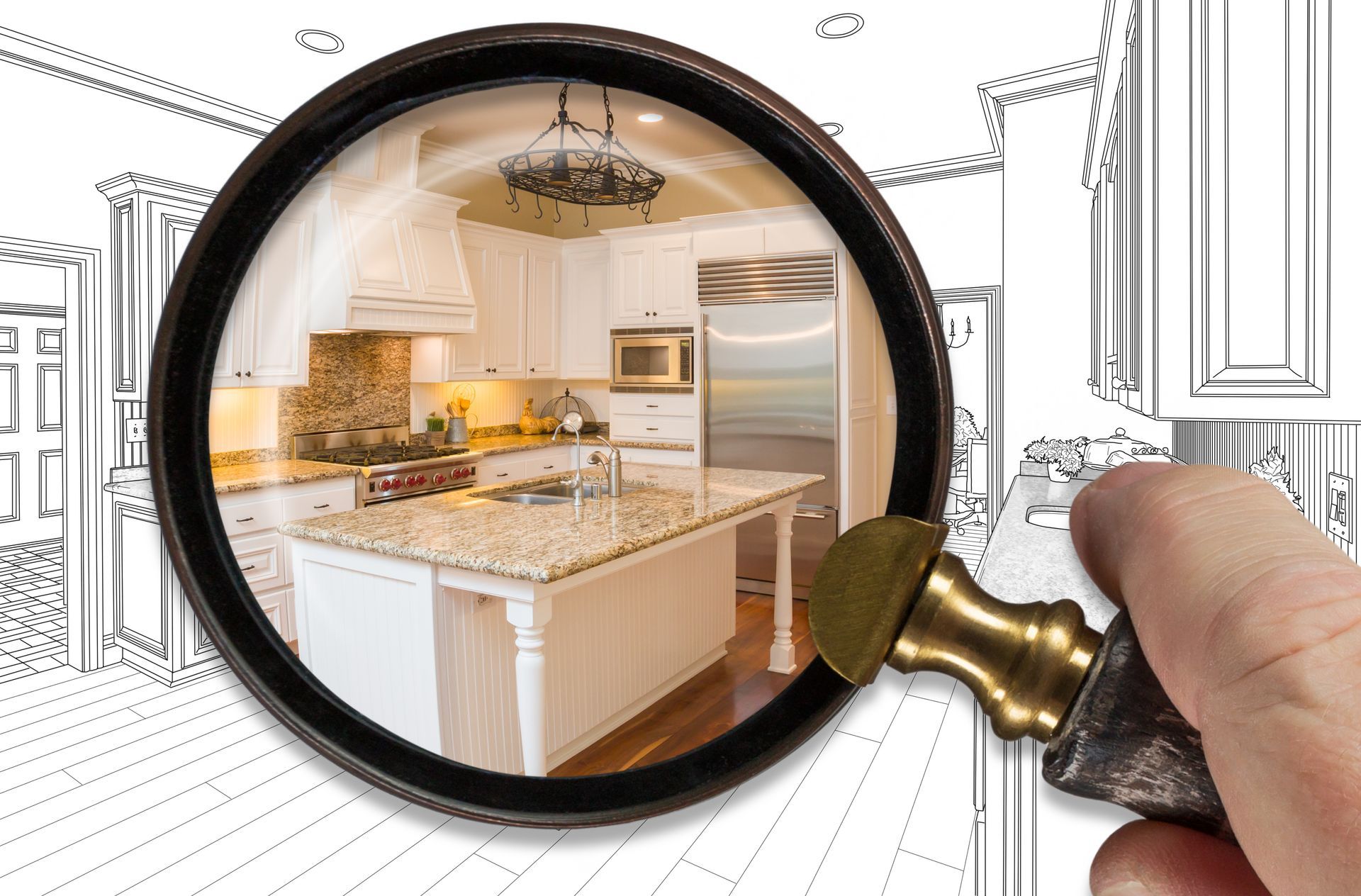
Conclusion
Spatial awareness in the realm of sight loss teaches us a profound lesson about the nature of perception and the boundless capacity of the human spirit to adapt. It is a dance of senses, a symphony of understanding, and a testament to the power of resilience. Whether one sees the world through their eyes or feels it through their fingertips and the soles of their feet, the world remains a marvel, waiting to be explored, understood, and celebrated.

More About Philip Francis-Anderson
For those intrigued to learn a bit more about me beyond the scope of this blog: I'm currently enrolled in the Open University, pursuing a BA in Philosophy and Psychological Studies (Q43). This academic journey allows me to delve even deeper into the intricacies of the human mind and the philosophical underpinnings of our perceptions. I'm enthusiastic about the insights it offers, and I'm sure many of these learnings will find their way into future posts. Watch this space!

Comments Welcome!
To leave a general comment, feedback about a post, or even recommendations for a topic to cover, please just fill out this form. For those who would prefer to send their comment in using audio, there is the additional option to upload an audio file.
Contact Us
In line with GDPR, only complete this form if you are happy for me to use your answers for the purposes of processing of your request and in all
corresponding communications thereafter. Read my Privacy Policy for more information on how I manage your personal data. This contact form is also protected by reCAPTCHA, a Google system. Google's Privacy Policy and Terms of Service apply and are available to read when using the reCAPTCHA tool.
